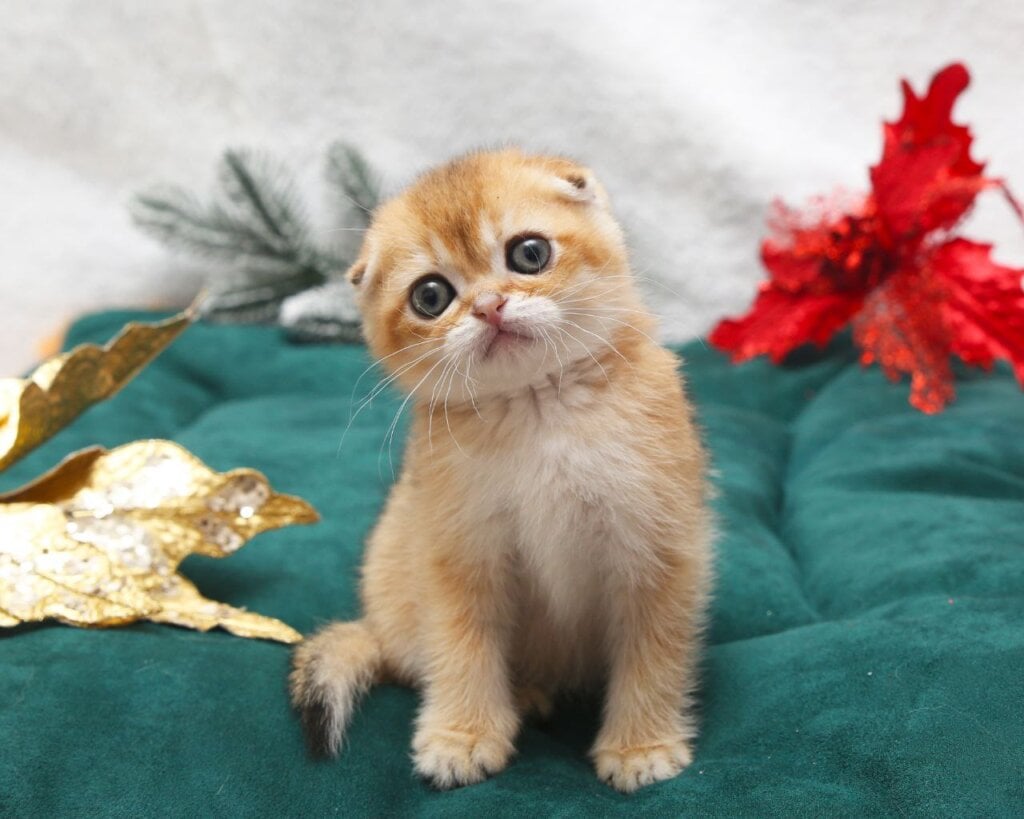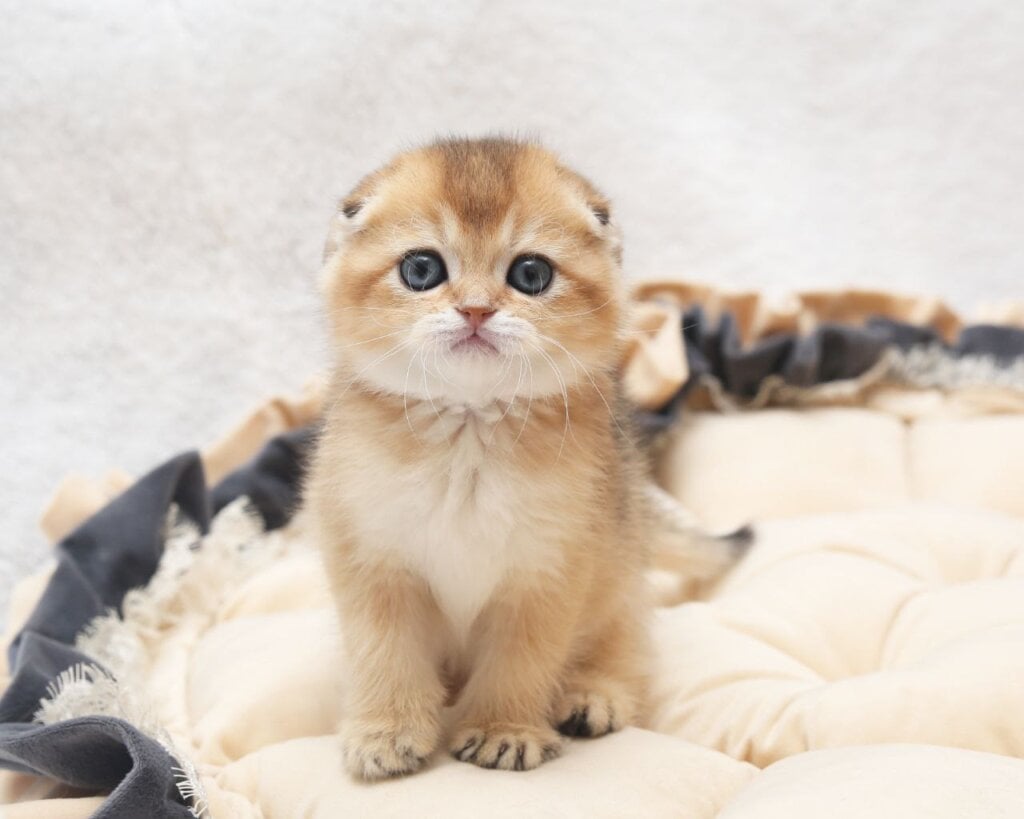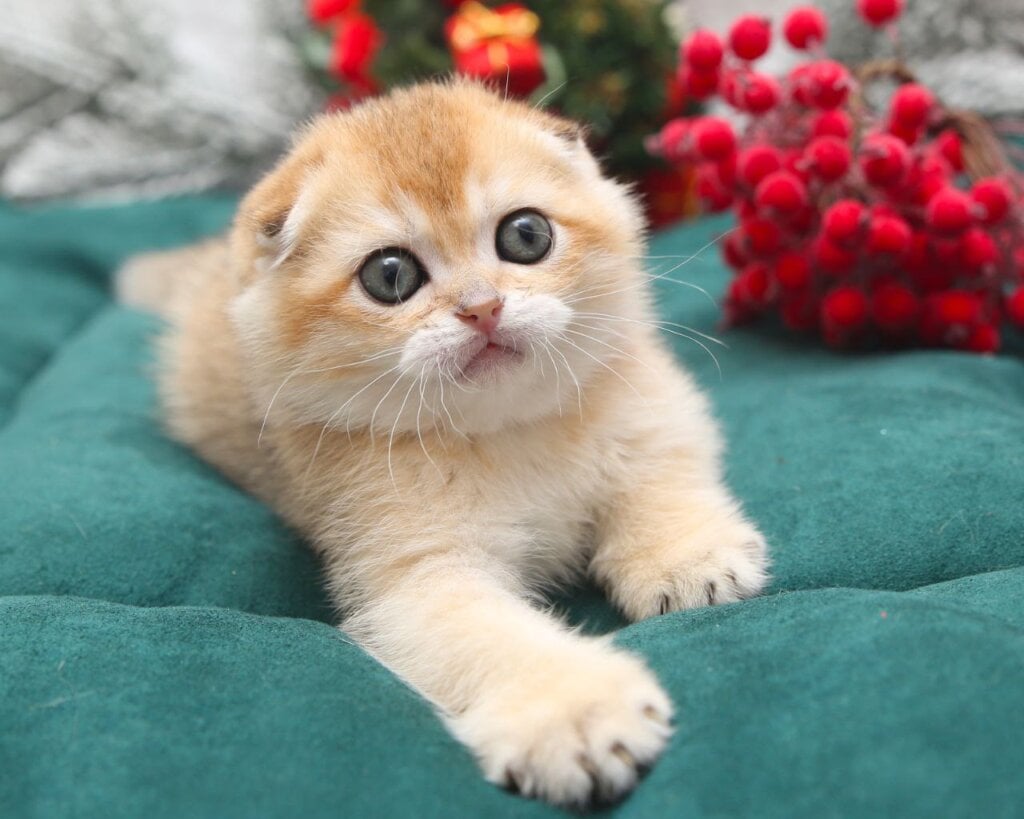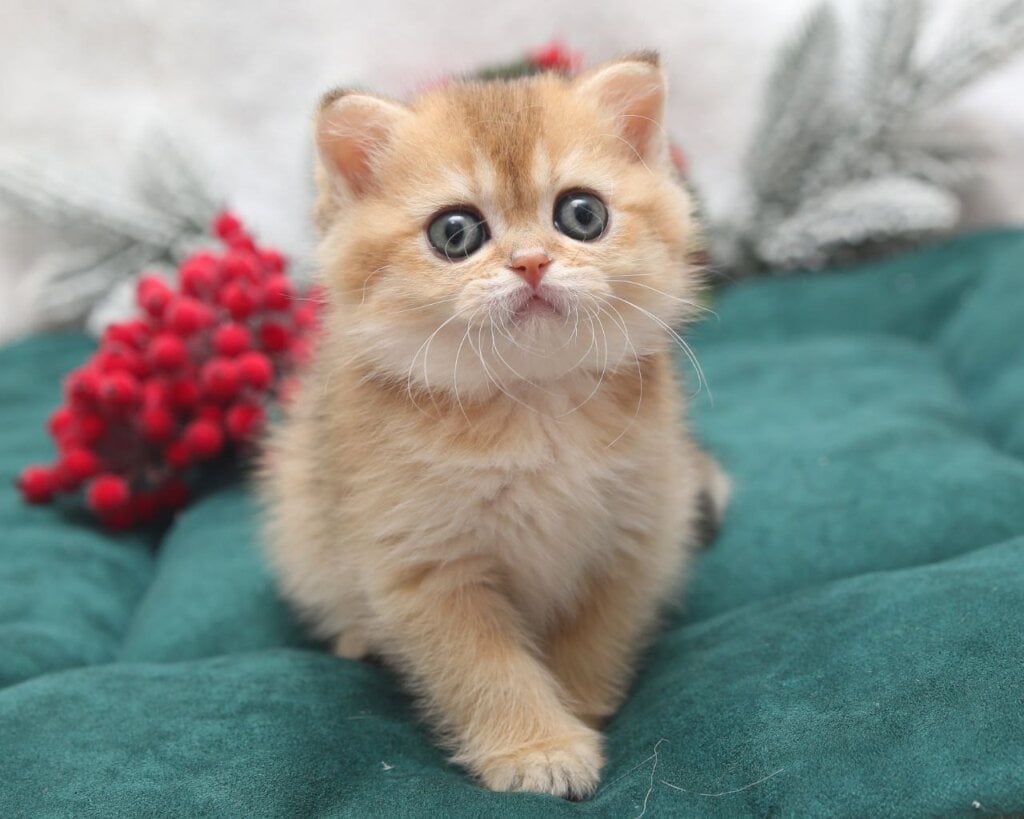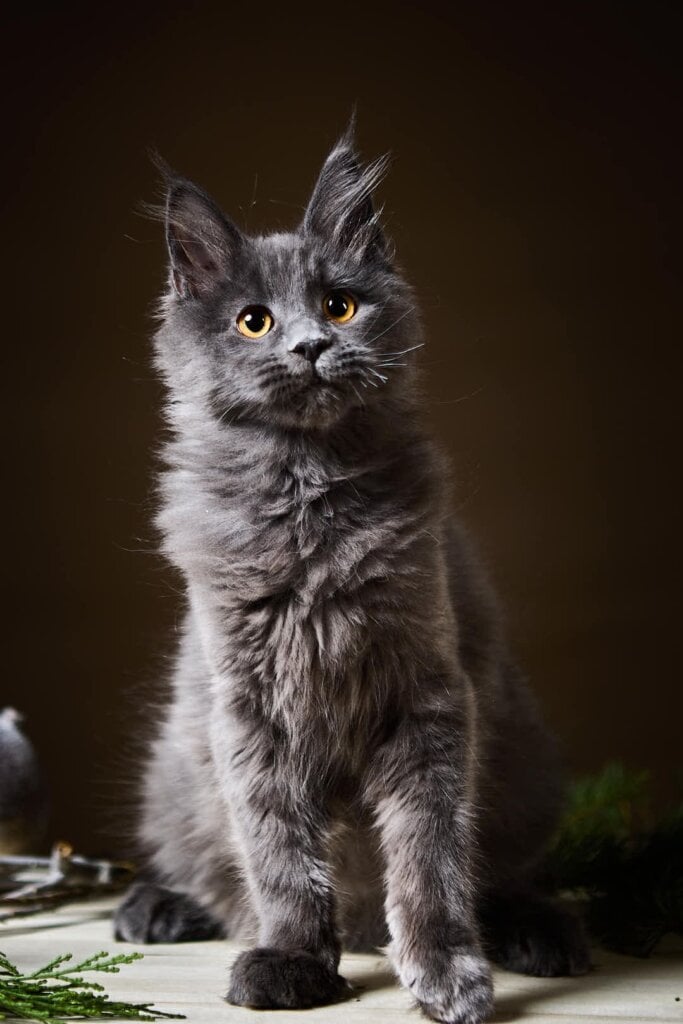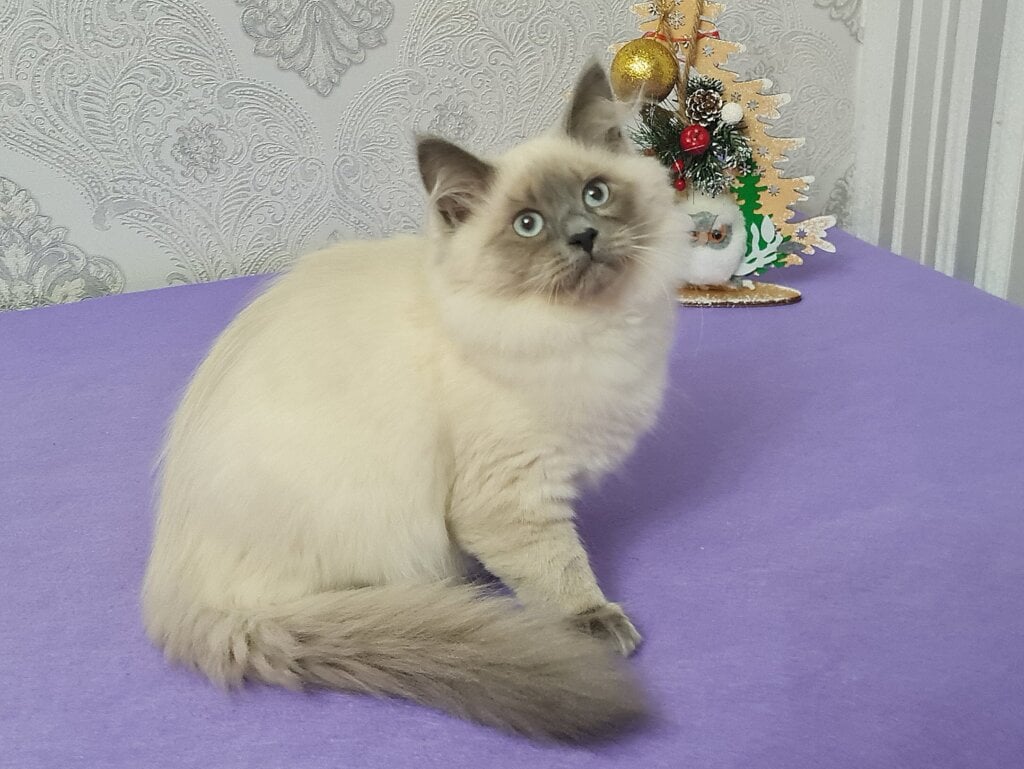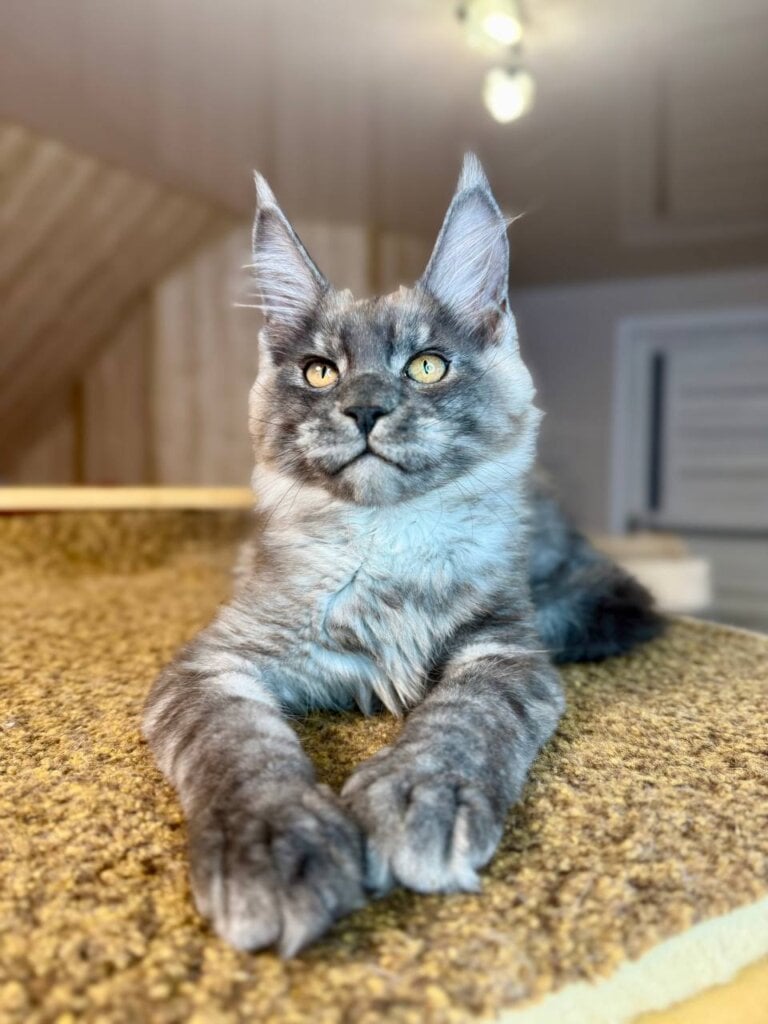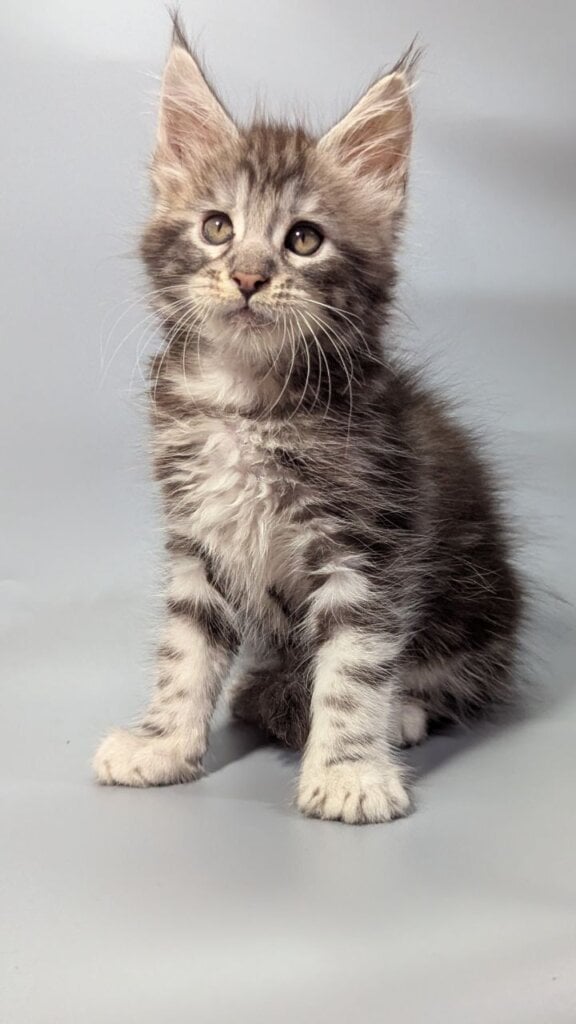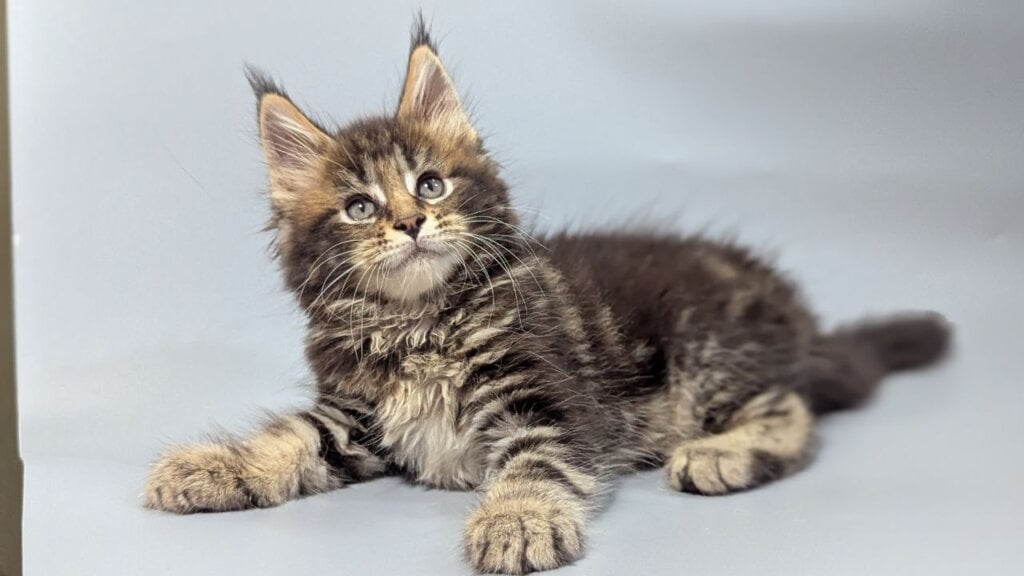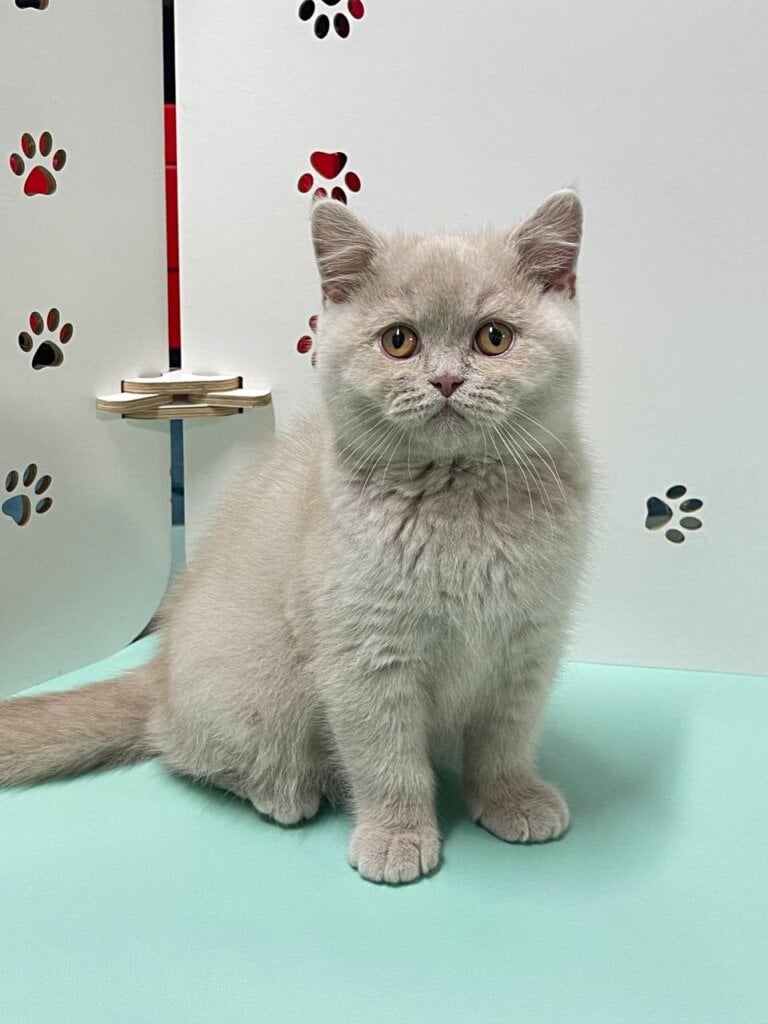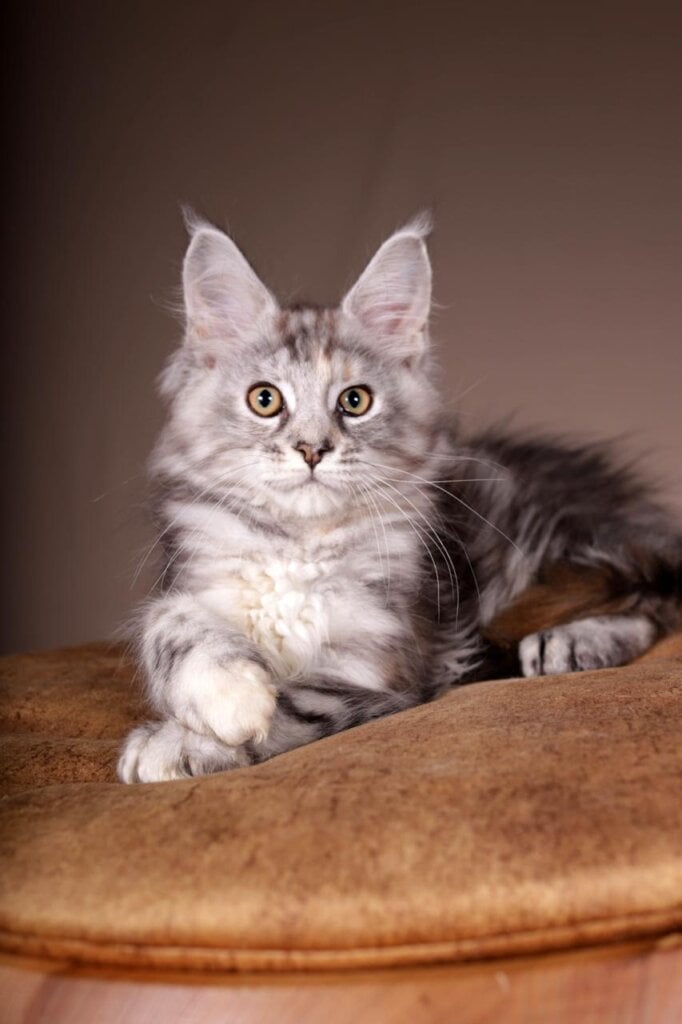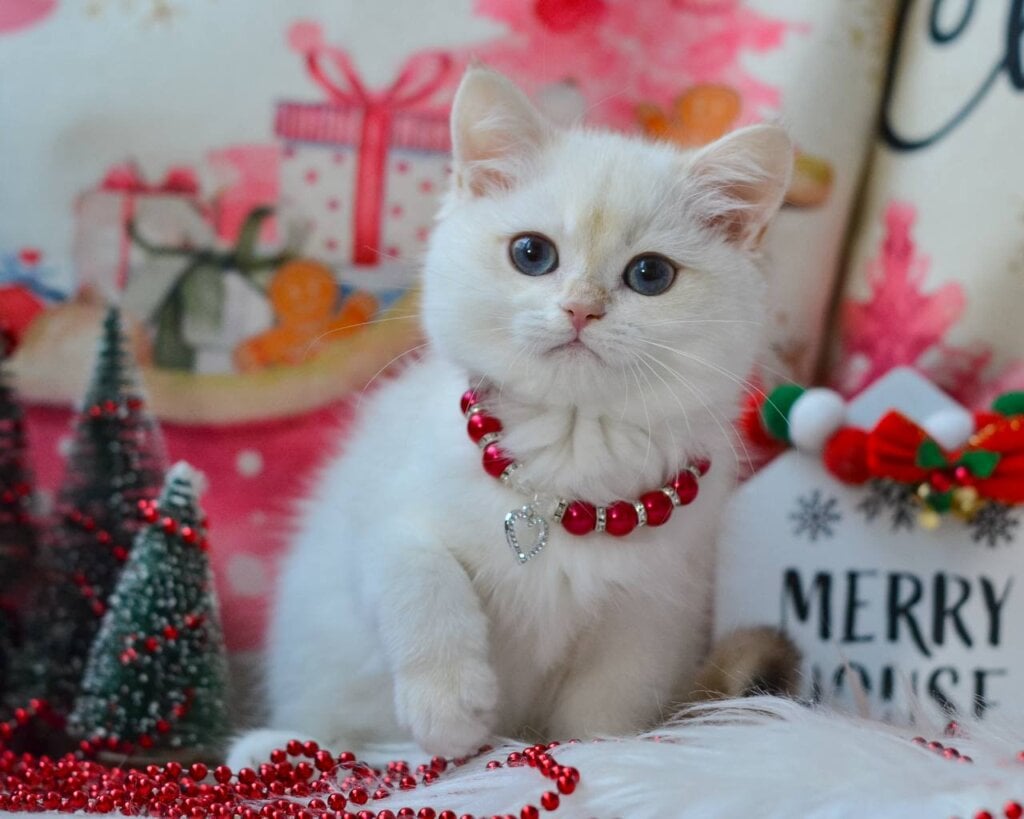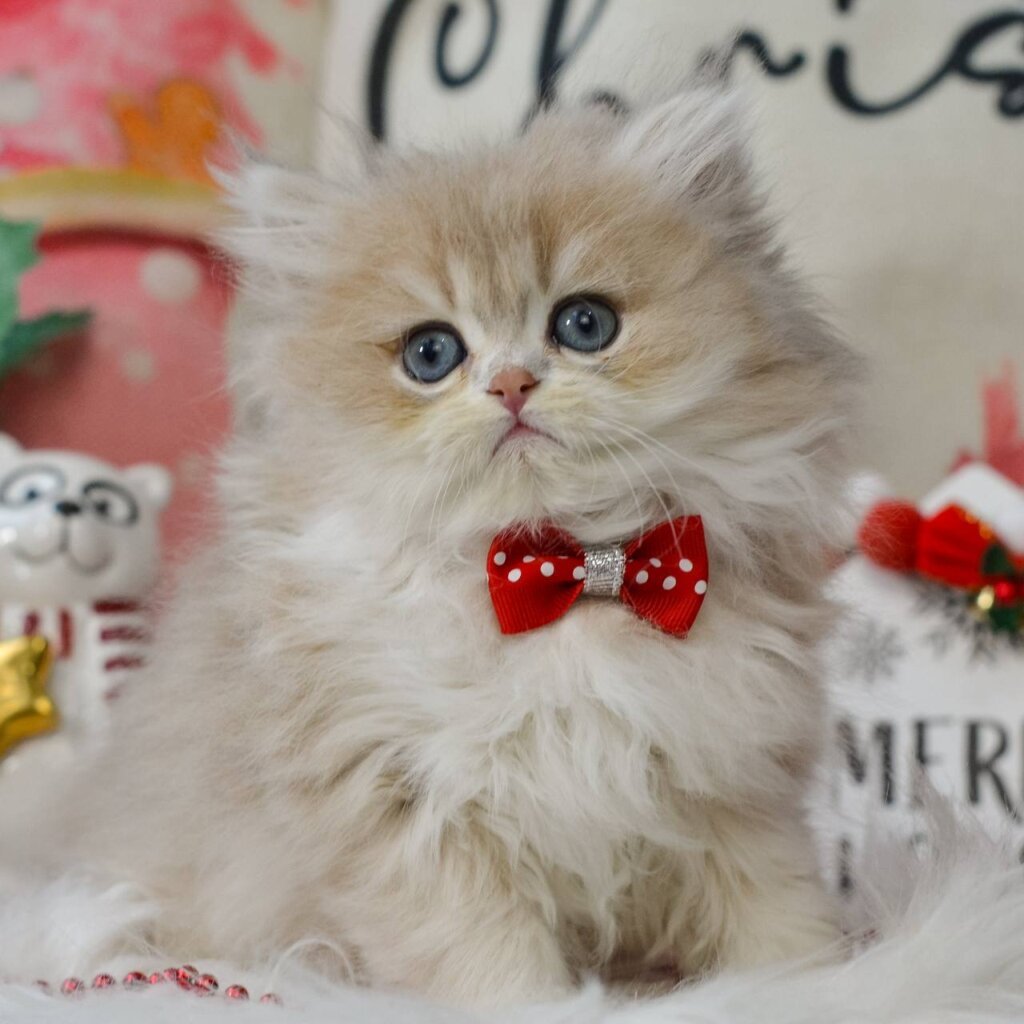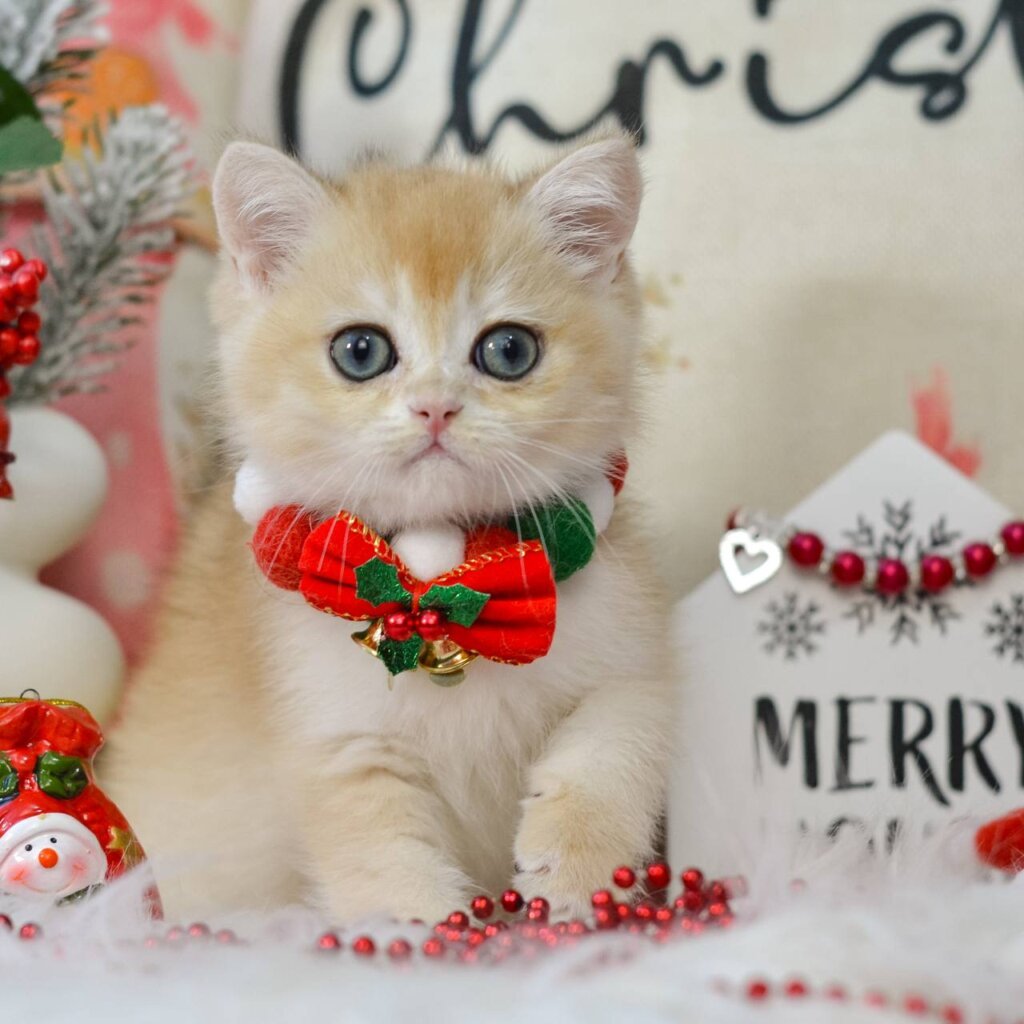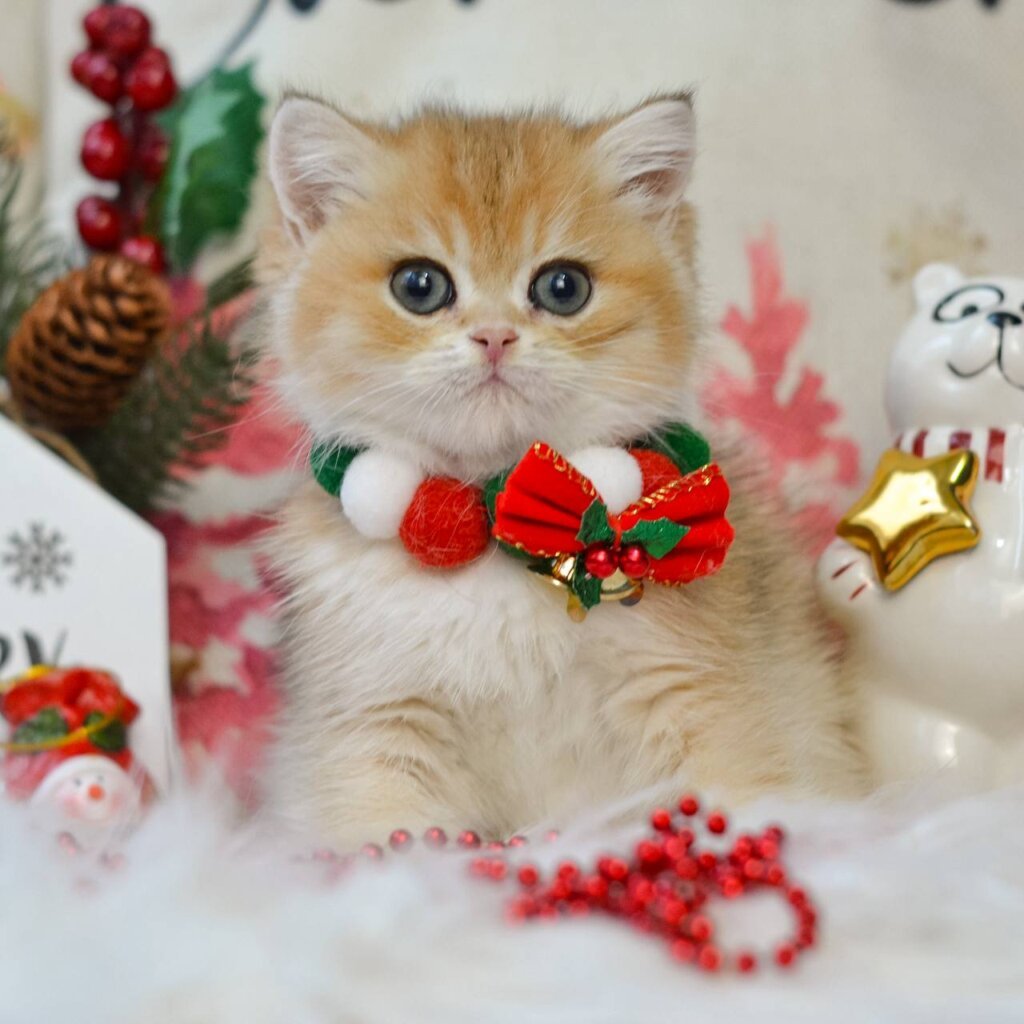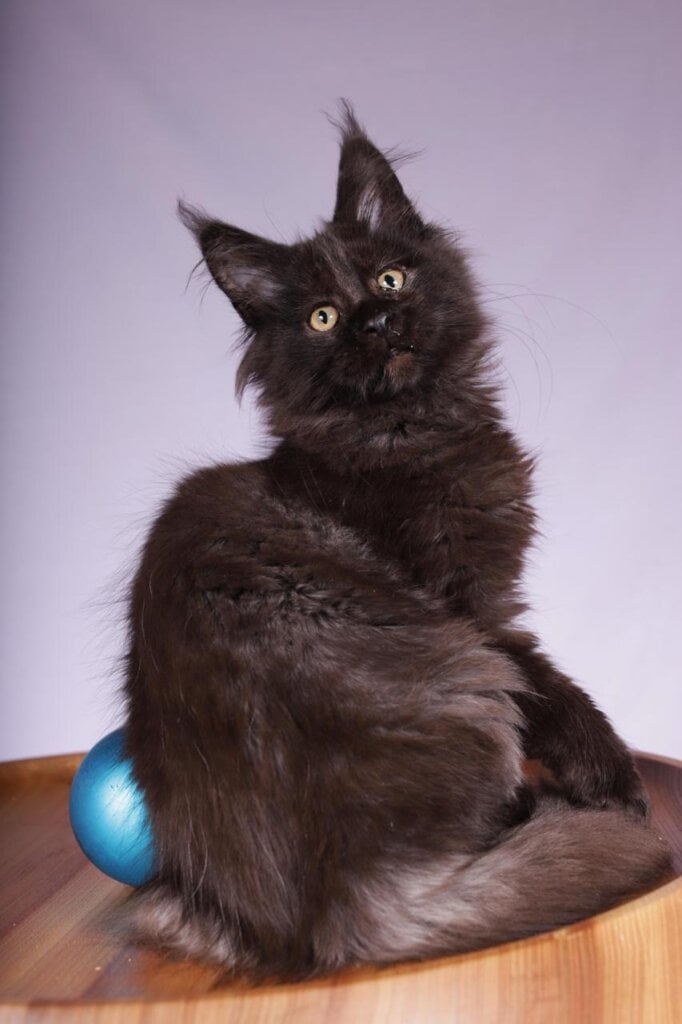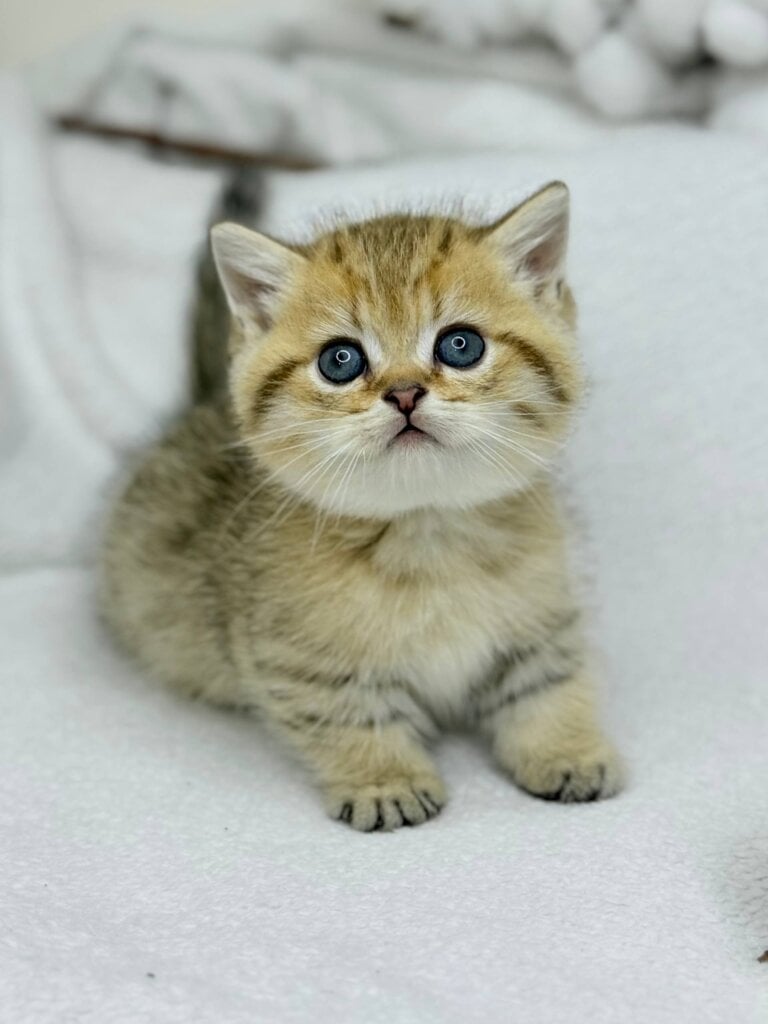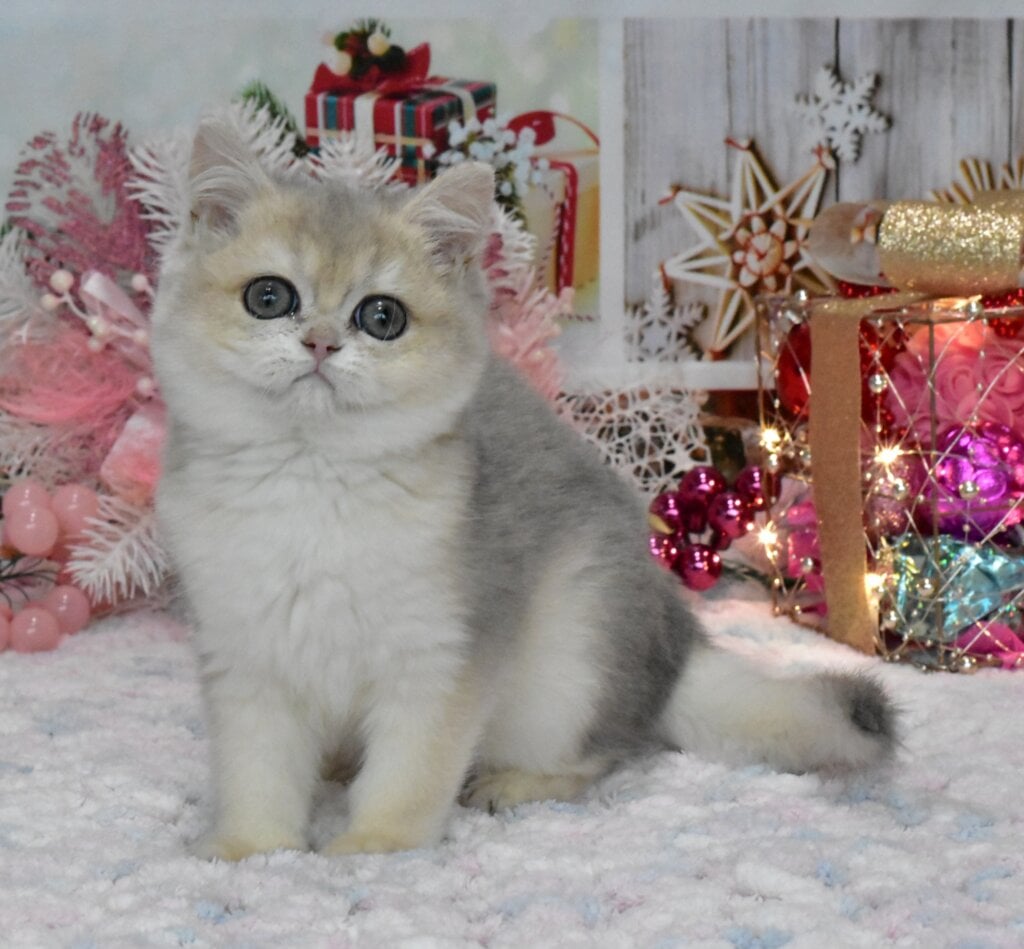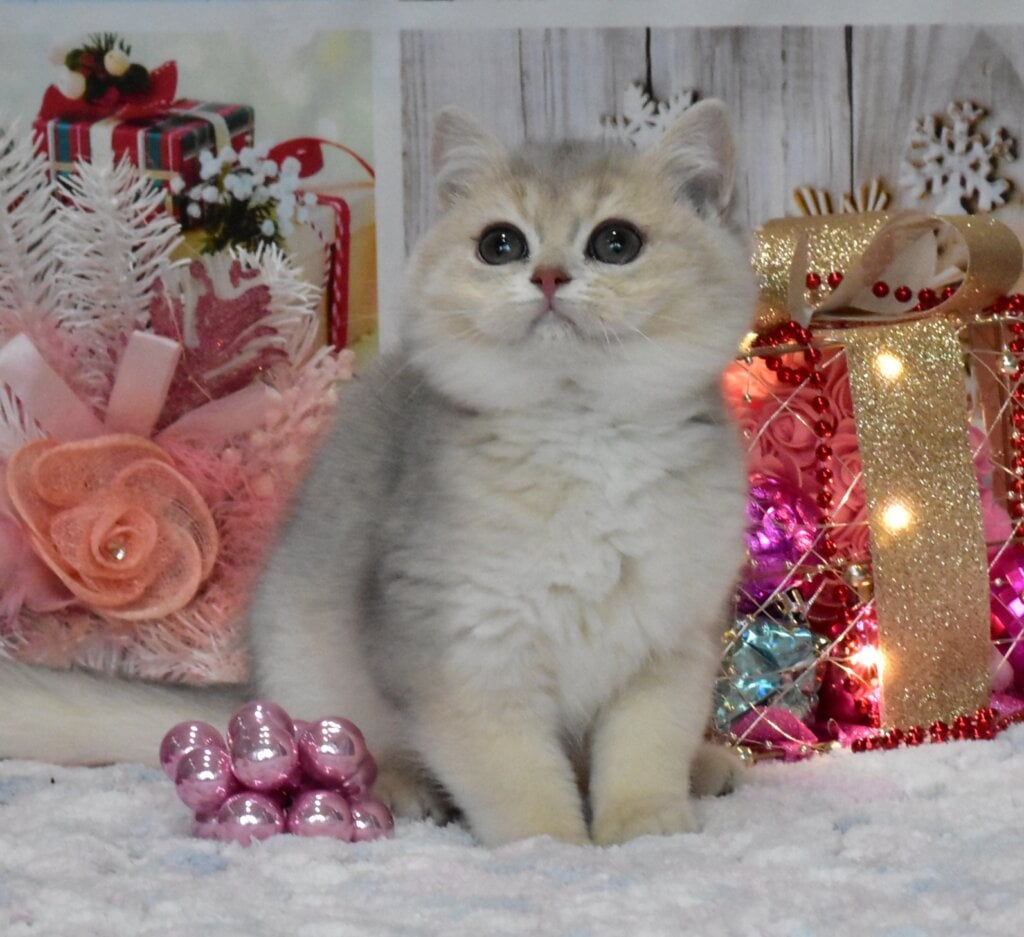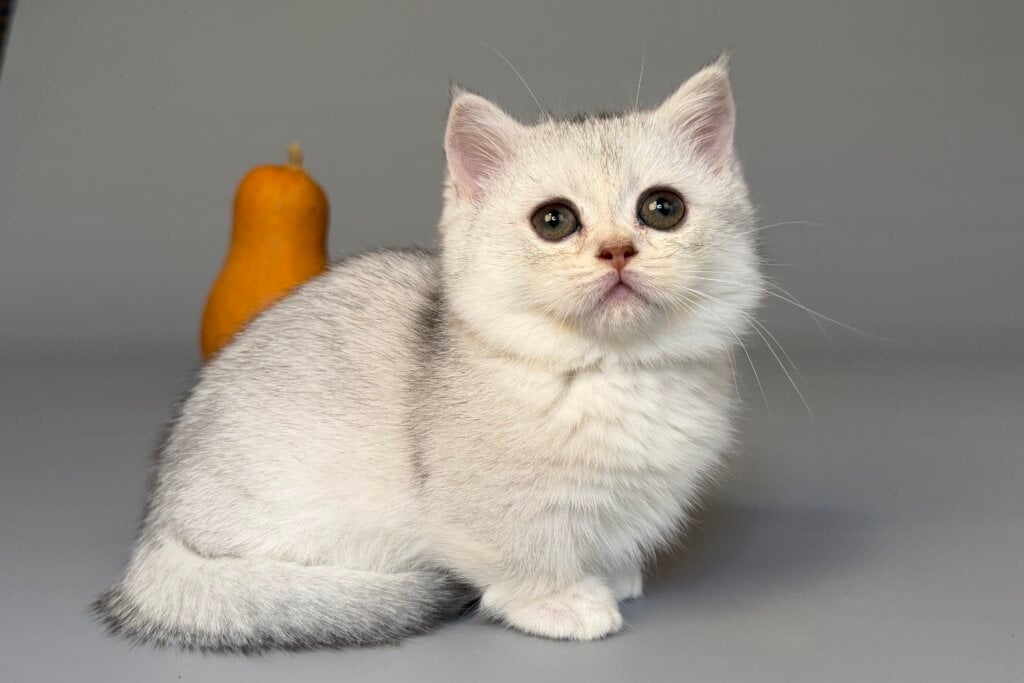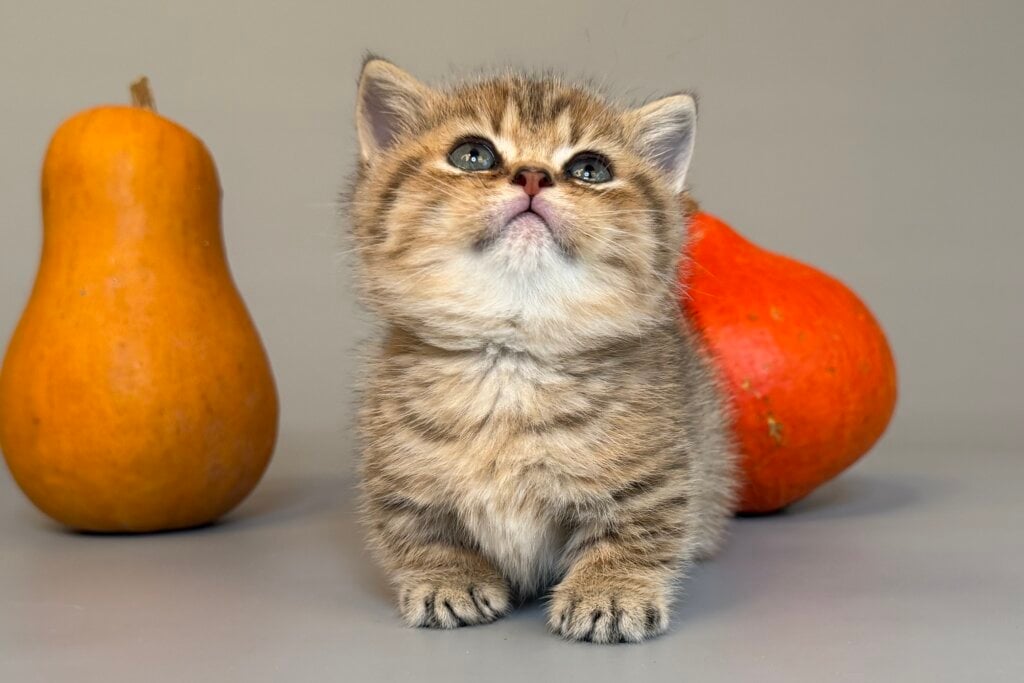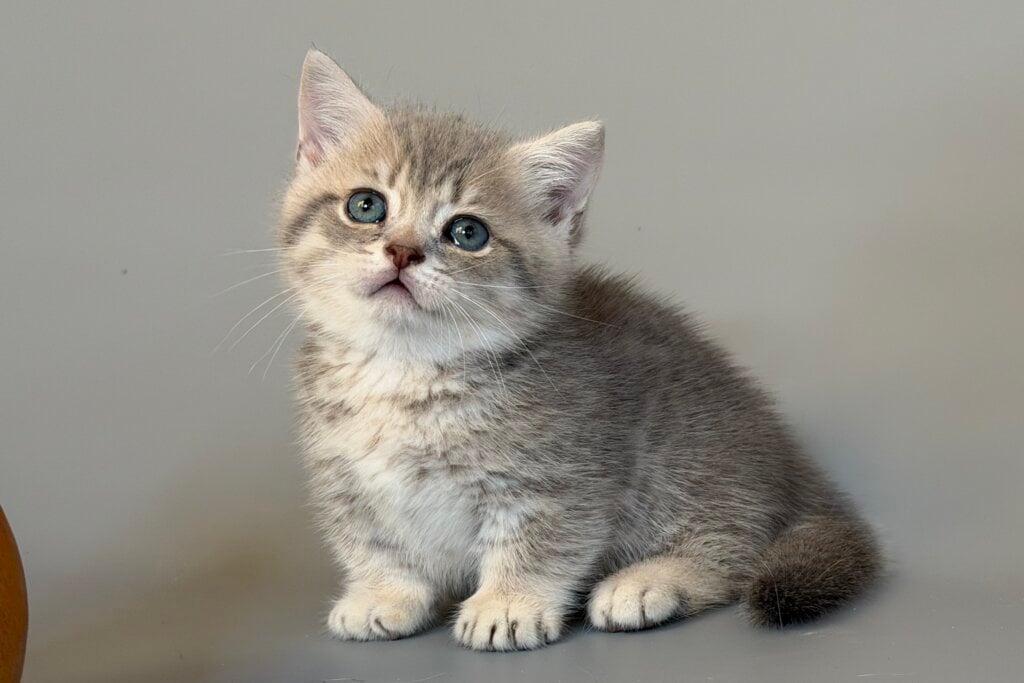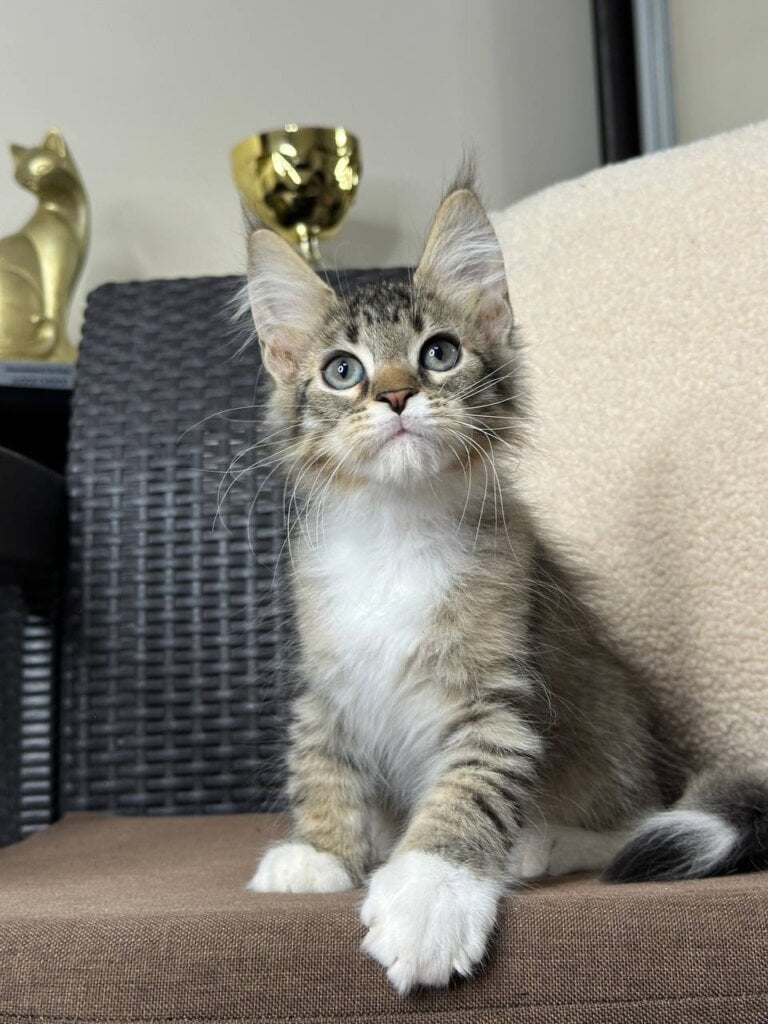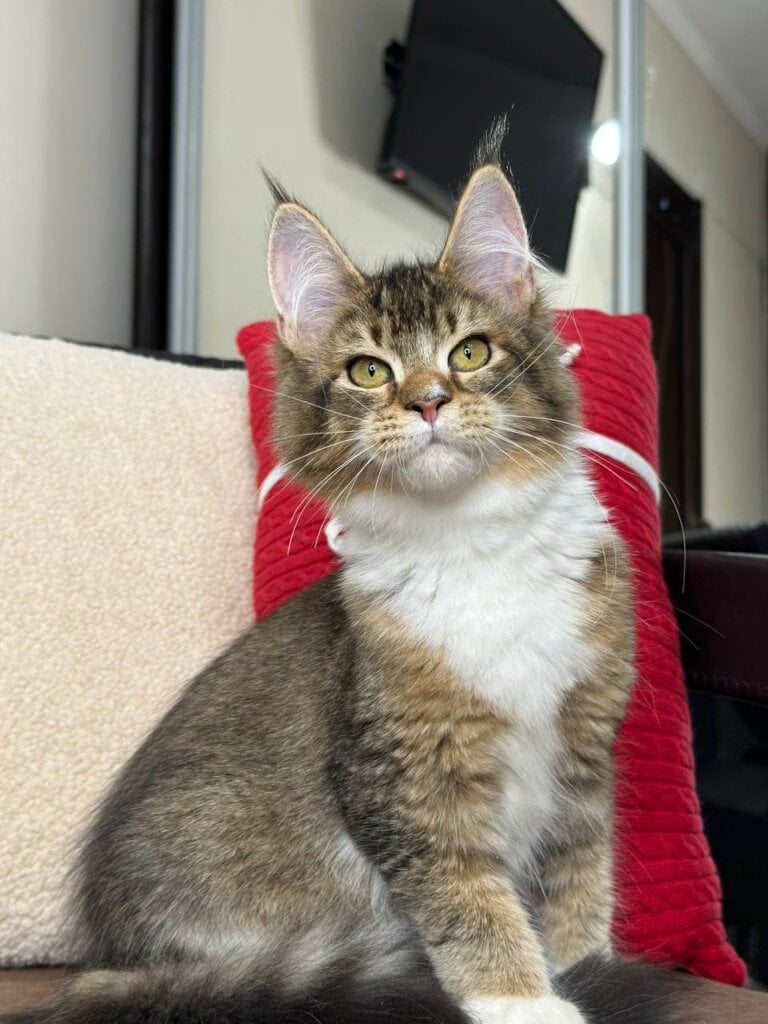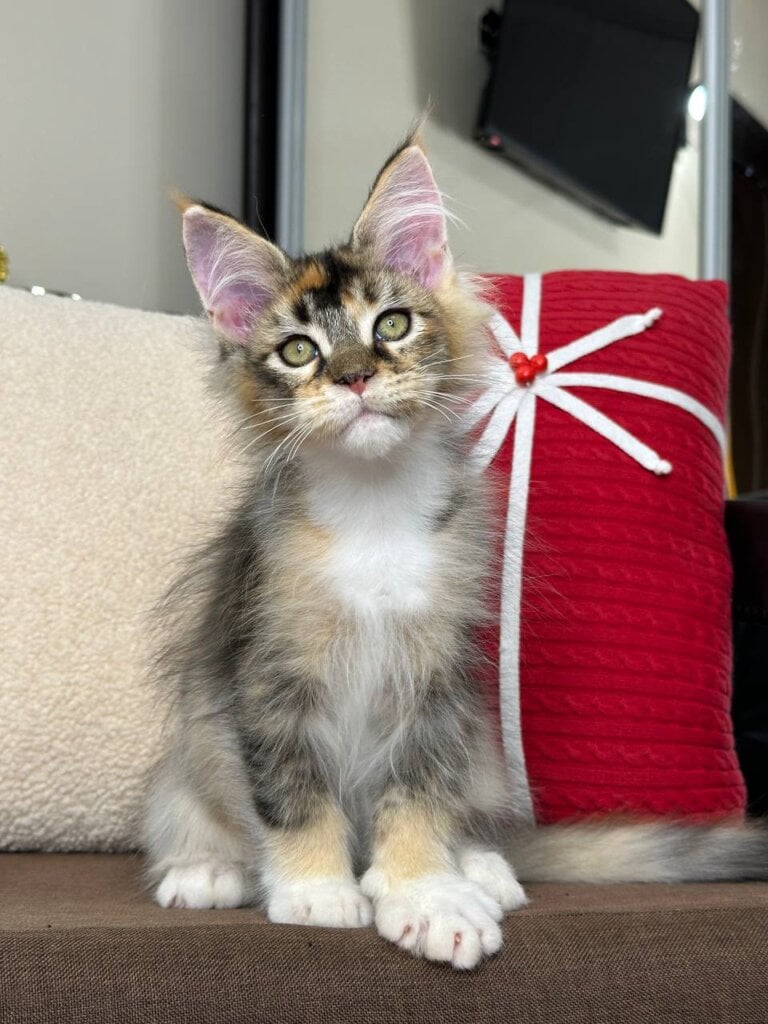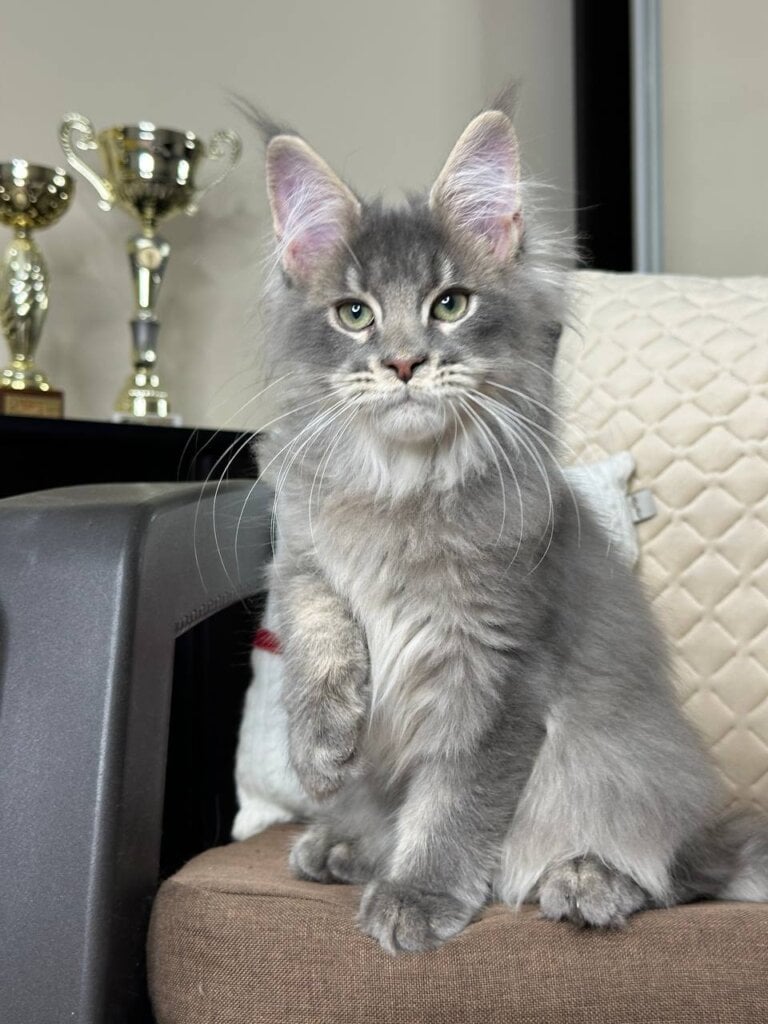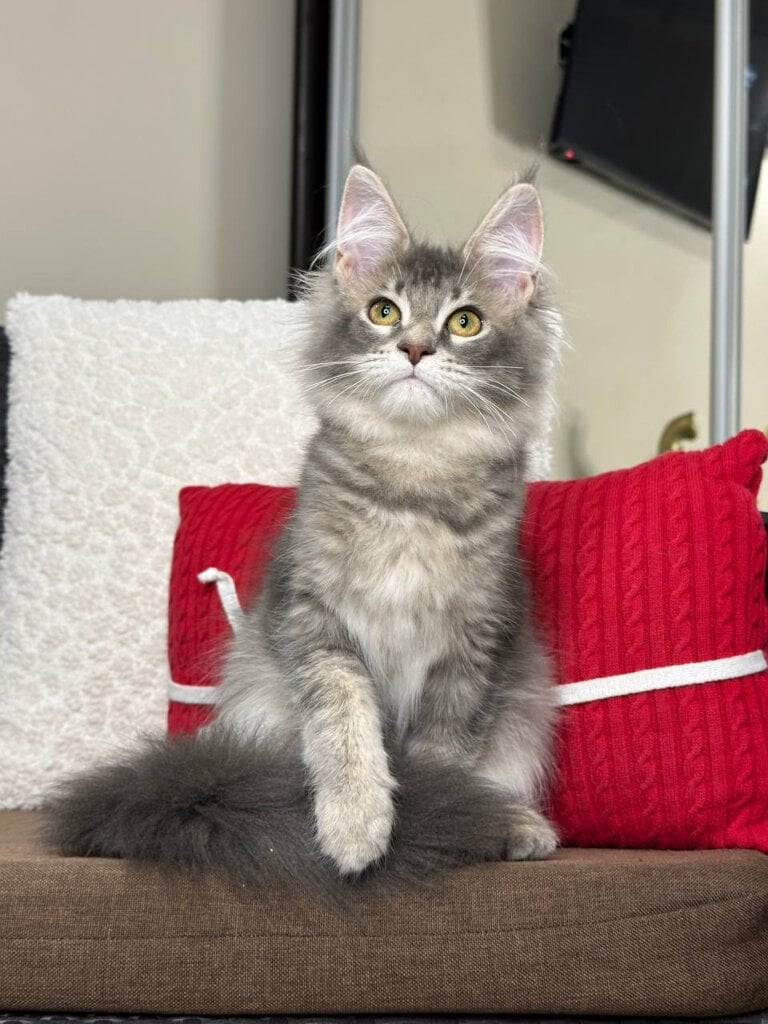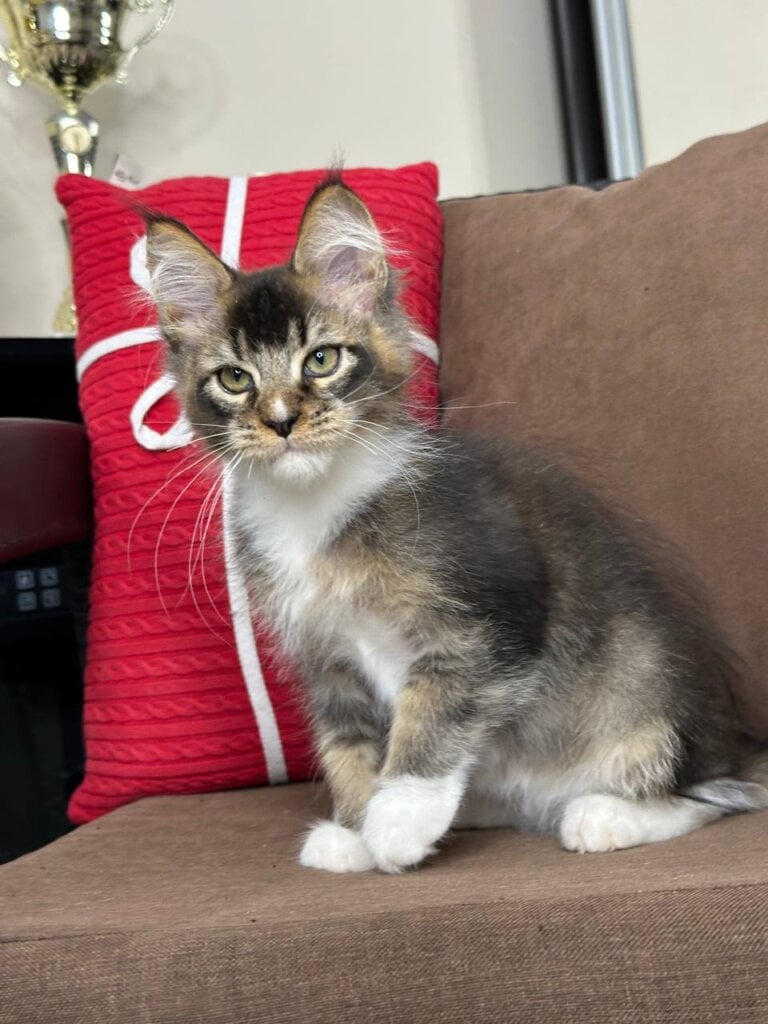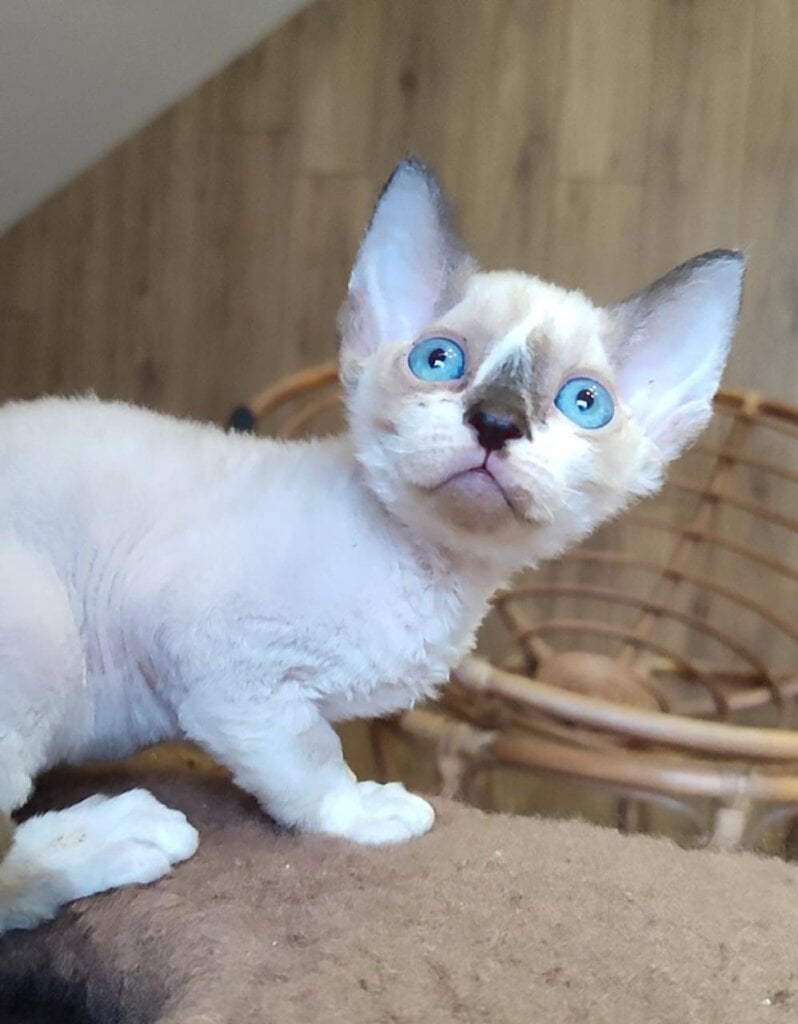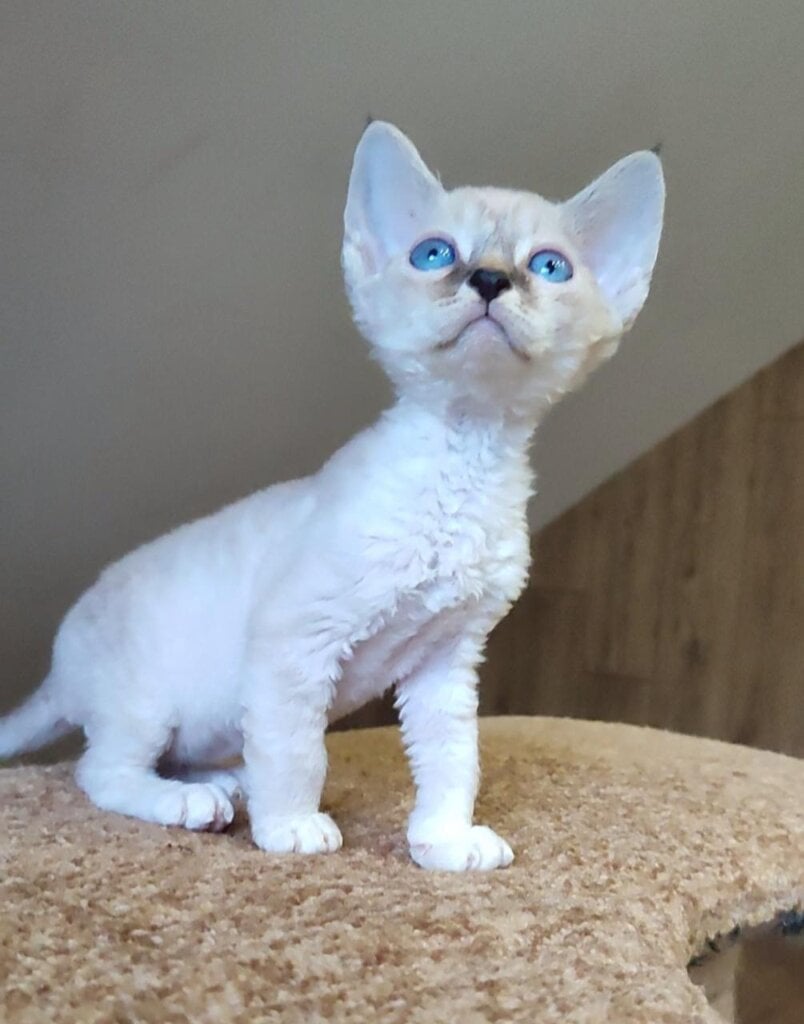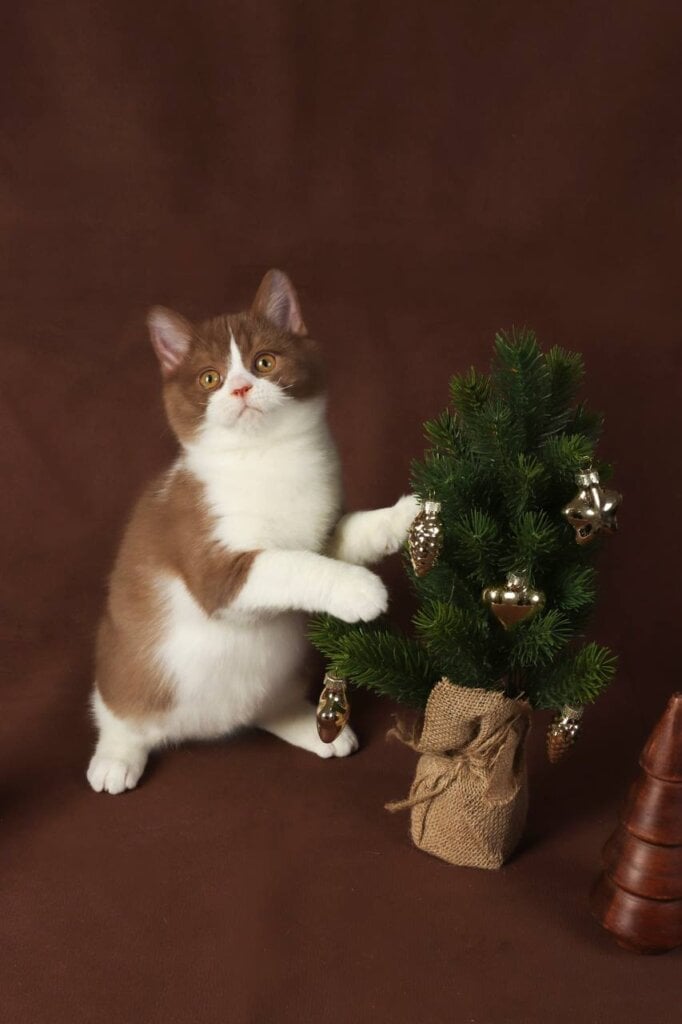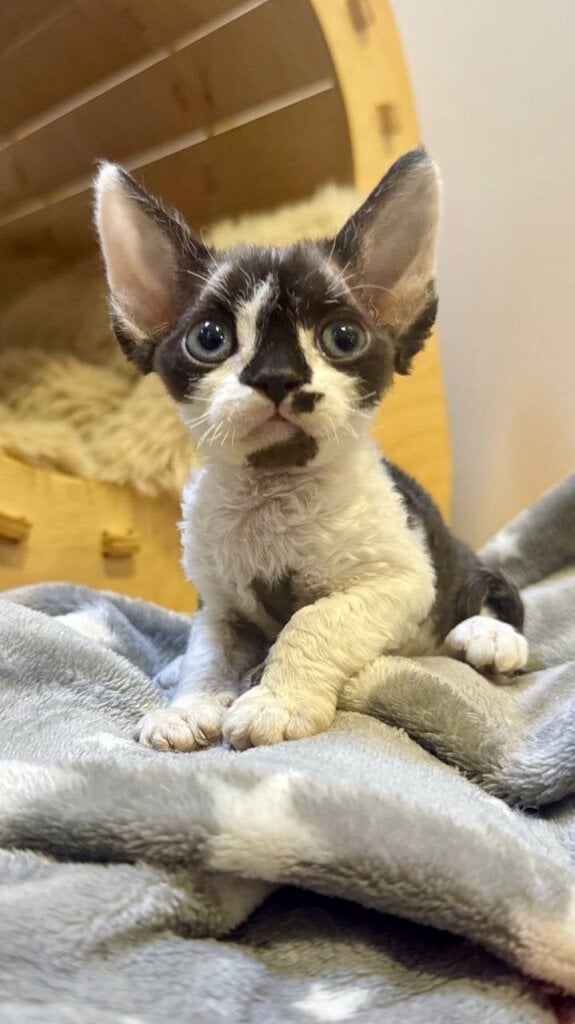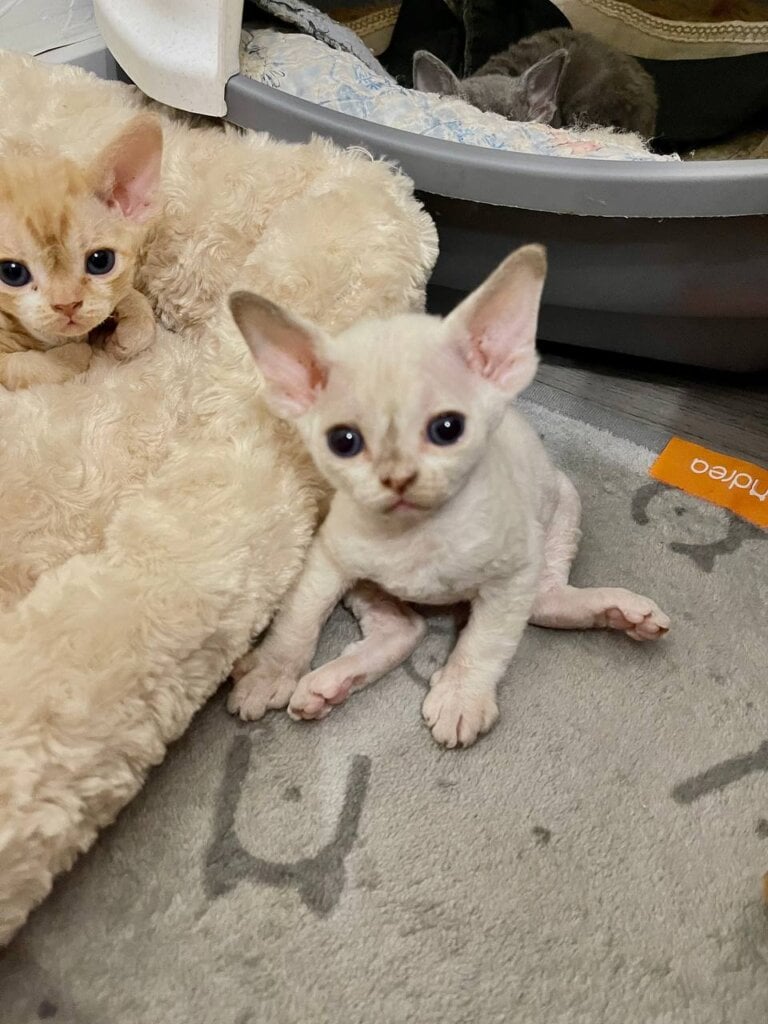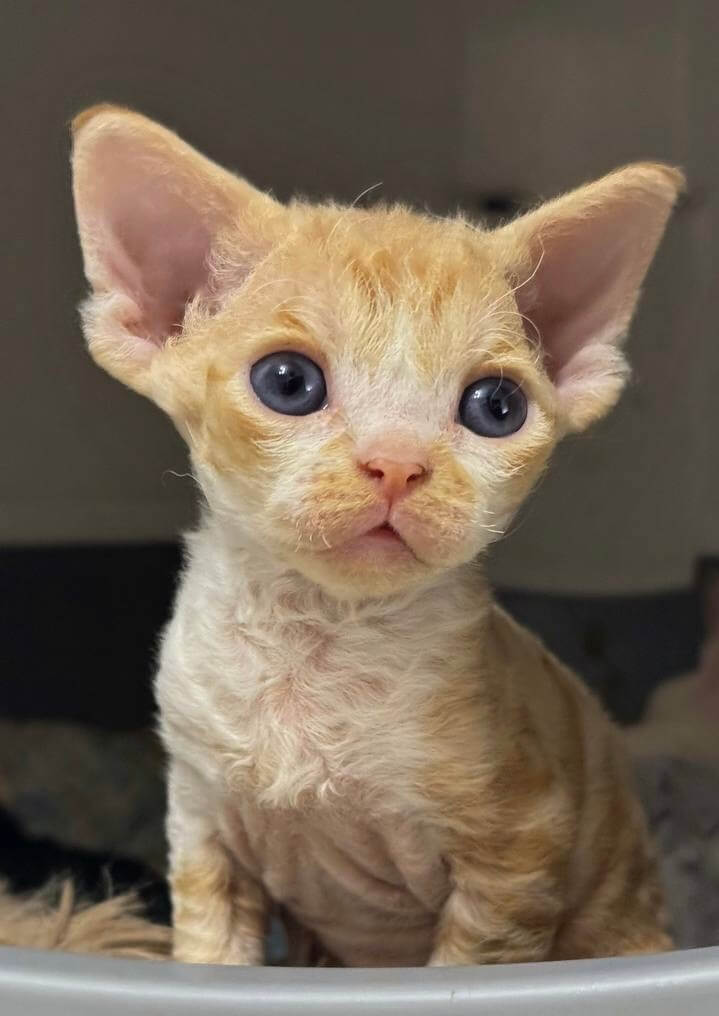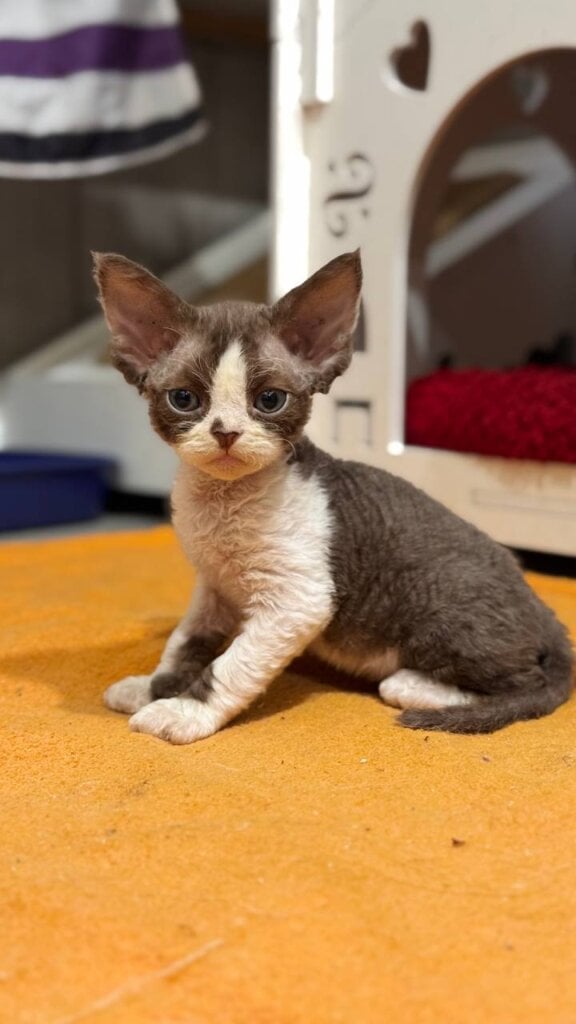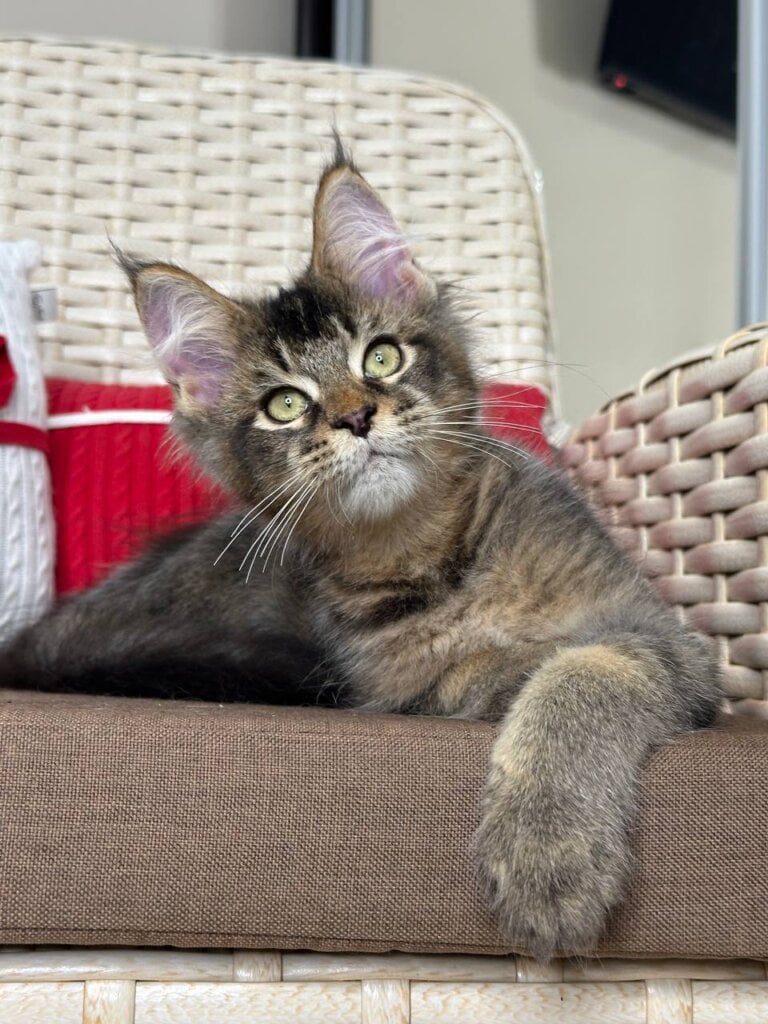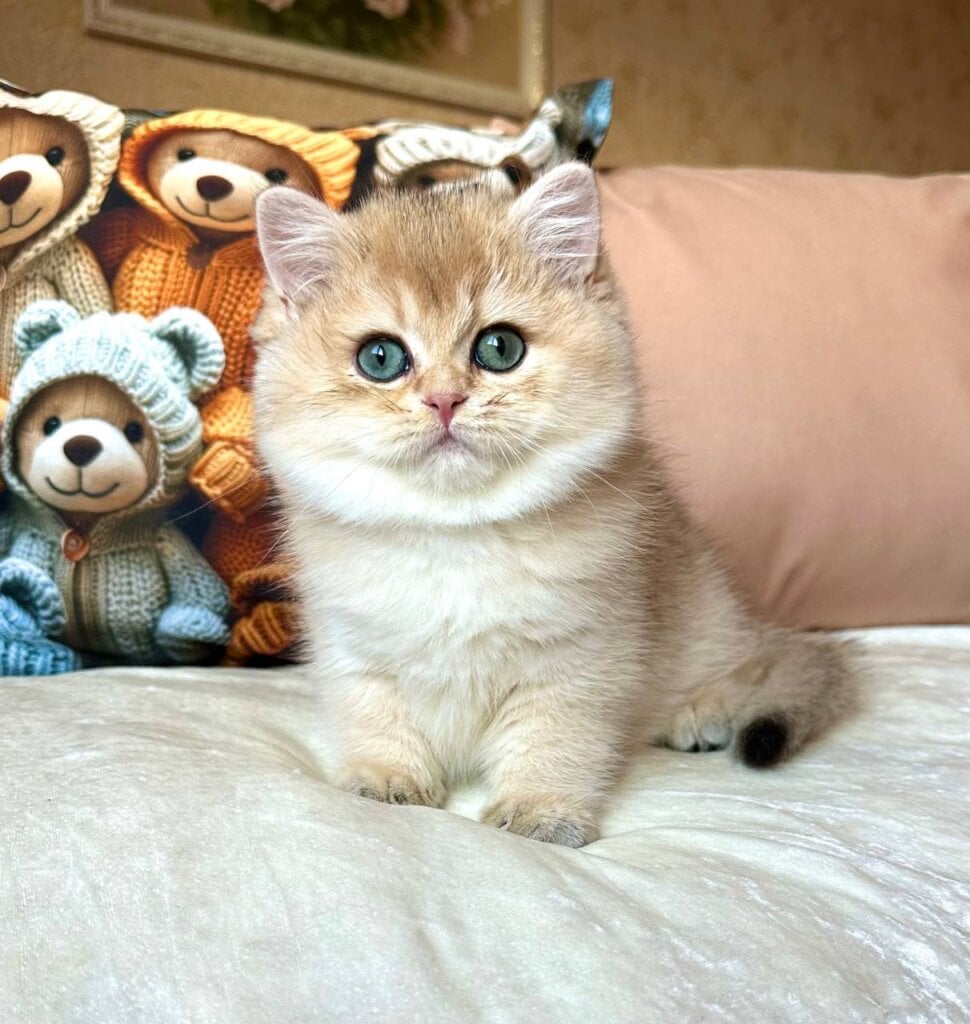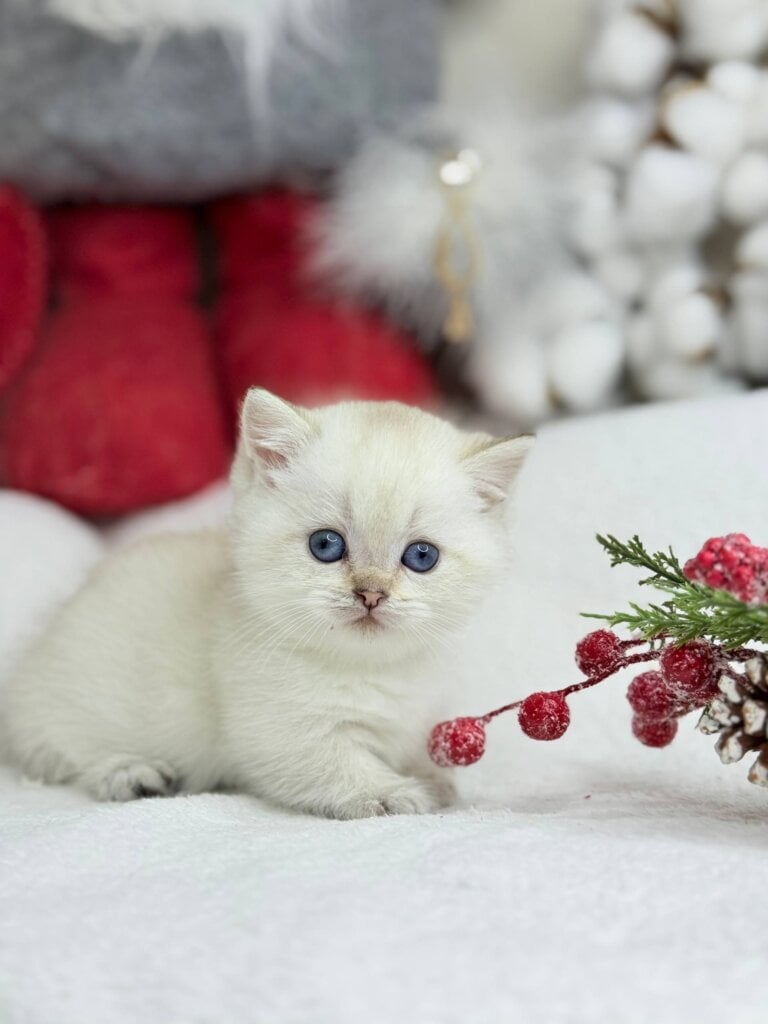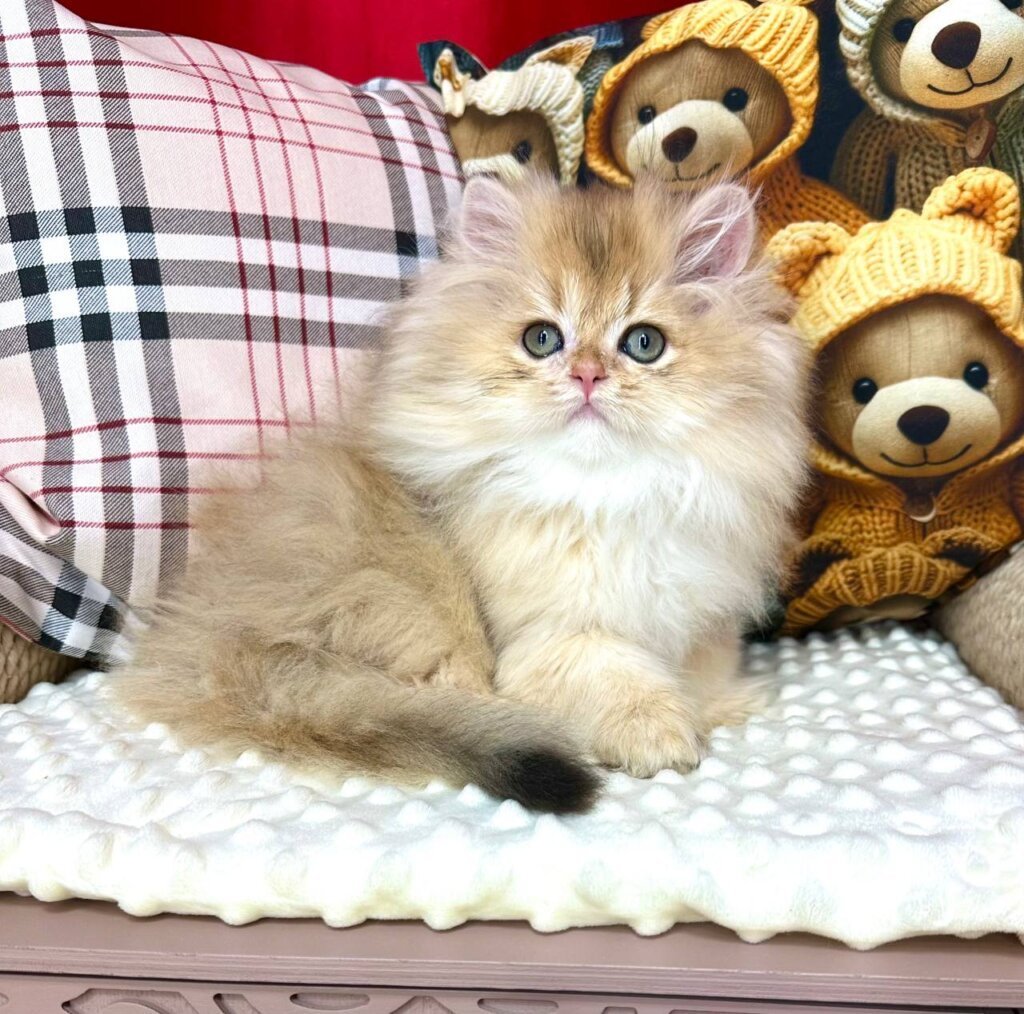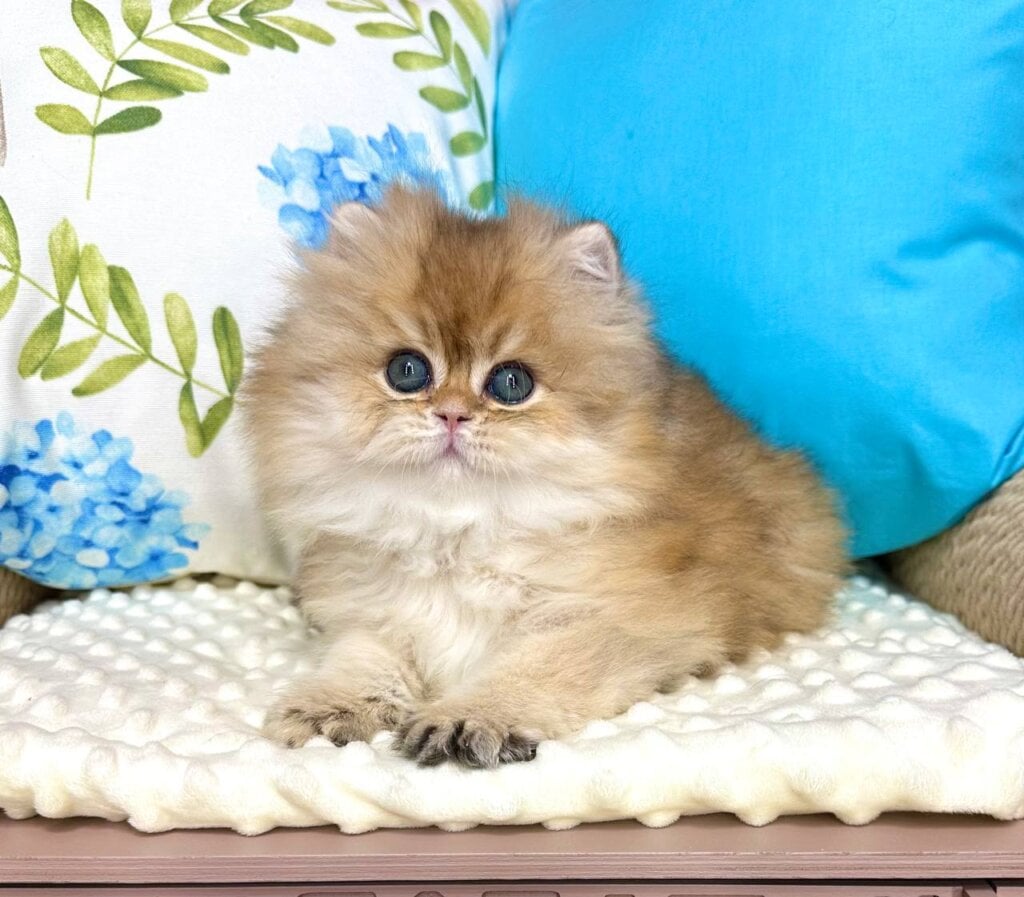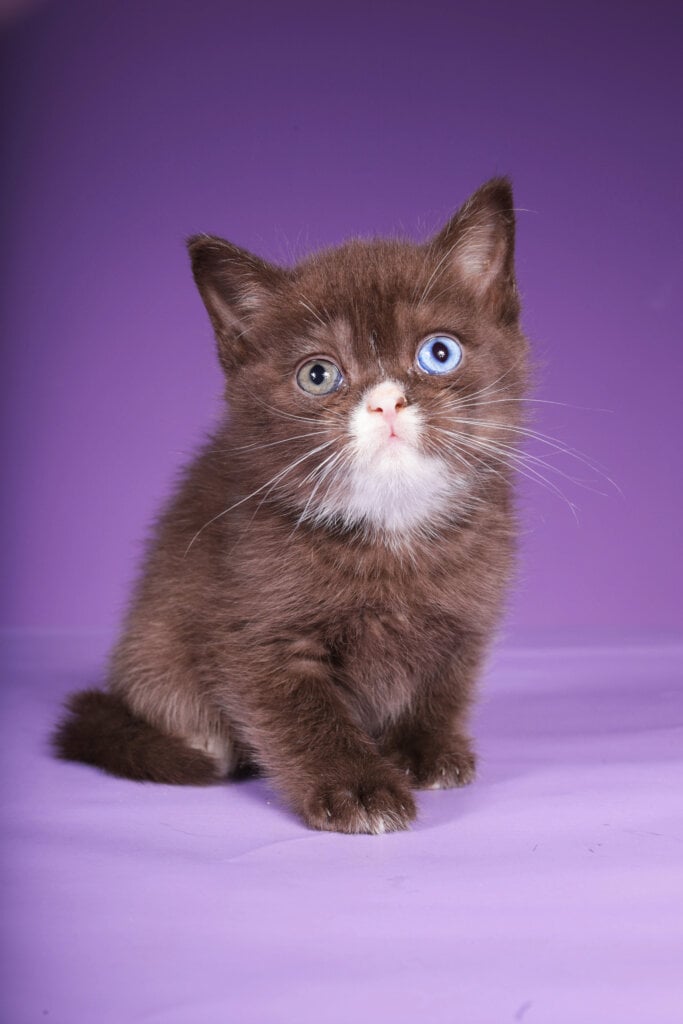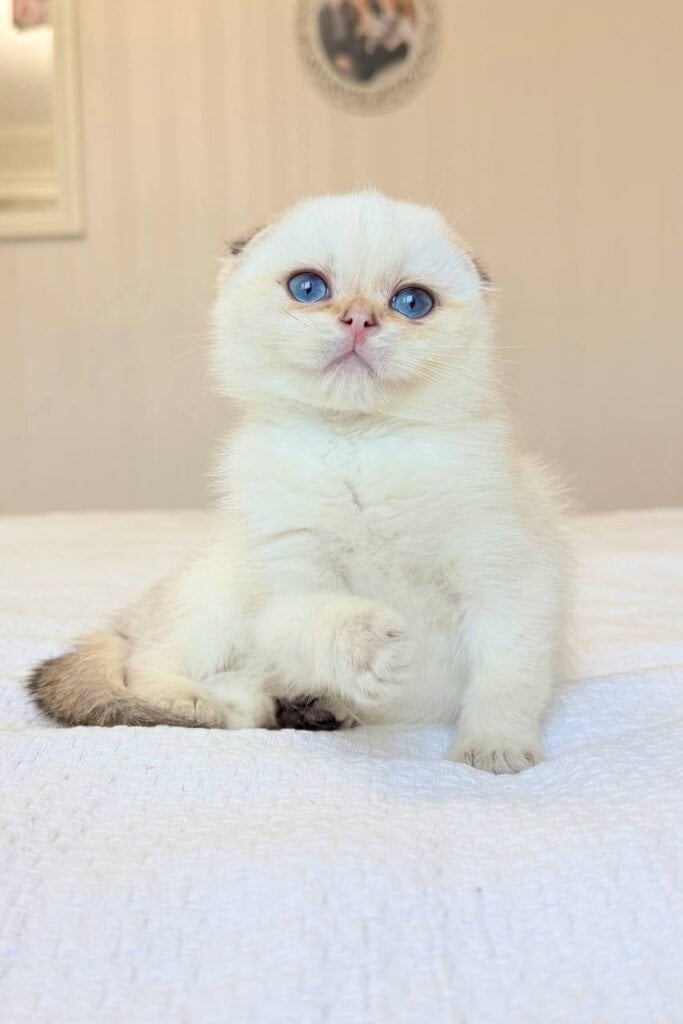So, to your question, British Shorthair cats are wonderful companions for a lot of households. They’re cool, with calm mannerisms, dense plush coats, and adorable expressions.
A lot of people like their low maintenance and sweet disposition. British Shorthairs tend to be a great fit for children, singles or elderly individuals.
They don’t require tons of fuss but they do adore some play and gentle coos. Read on to discover if this breed is a match for your family.
The British Shorthair Persona
The British Shorthair is distinguished by its plush coat, round face, and sturdy body. This breed is most famous for its placid, easygoing manner and silent elegance. British shorthairs typically mesh with most types of homes – from busy families to singletons – and their independent streak means they won’t object to some occasional alone time. Their sweet disposition and even temperament render them a calm anchor in any family.
1. Quiet Dignity
These cats usually add serenity to the room. British Shorthairs shun the spotlight and typically plop down nearby instead of in laps, appealing to owners who appreciate a pet with boundaries. Their calm, unobtrusive manner allows them to integrate themselves into households with minimal drama.
Even if you reside in a tiny flat or a huge house, these cats seldom interrupt your daily rituals. Their sleek, curved design lends a bit of timeless elegance and coziness to any space.
2. Independent Spirit
British Shorthairs don’t demand to be played with or dote upon at all times. They’re happy to sleep, observe or engage with toys independently. This renders them ideal for those with hectic work lives or families with dynamic schedules.
You won’t have to fret about them requiring too much because they’re content to self-groom and maintain cleanliness. They can accommodate most lifestyles–from the road warrior to the family with kids in school all day.
British Shorthairs are okay by themselves for decent periods, without freaking out or shredding the place. They’re not needy, so you can chill if you’ve got errands or work to complete.
3. Gentle Temperament
British Shorthairs tend to be tolerant and quiet, even with small children or other animals. They don’t swat or bite without true provocation which makes them wonderful for families. You won’t catch them clawing furniture or acting out in a hissy fit.
Instead, they provide a comforting presence, frequently napping curled up in your vicinity and warming you with companionship that’s not aggressive. They’re not needy and seldom are vocal, so they’re really an excellent choice if you prefer a mellow pet.
4. Moderate Activity
These cats sport a relaxed style and require minimal exercise. They dig quick games, but mostly chilling in sunny patches. This makes them ideal for those who like a companion to chill with.
Their low-energy makes them a great fit for smaller homes or flats. You won’t need to run them tired each day.
5. Surprising Intellect
British Shorthairs are intelligent and can pick up tricks with modest training. Puzzle toys or treat balls occupy them and keep their minds keen. They enjoy investigating and resolving simple issues, which injects excitement for owners.
Their intelligence helps breed a genuine connection, as they can learn household habits or even basic commands. Their inquisitive nature makes them fond of new toys or changes in their environment – exciting but never overwhelming.
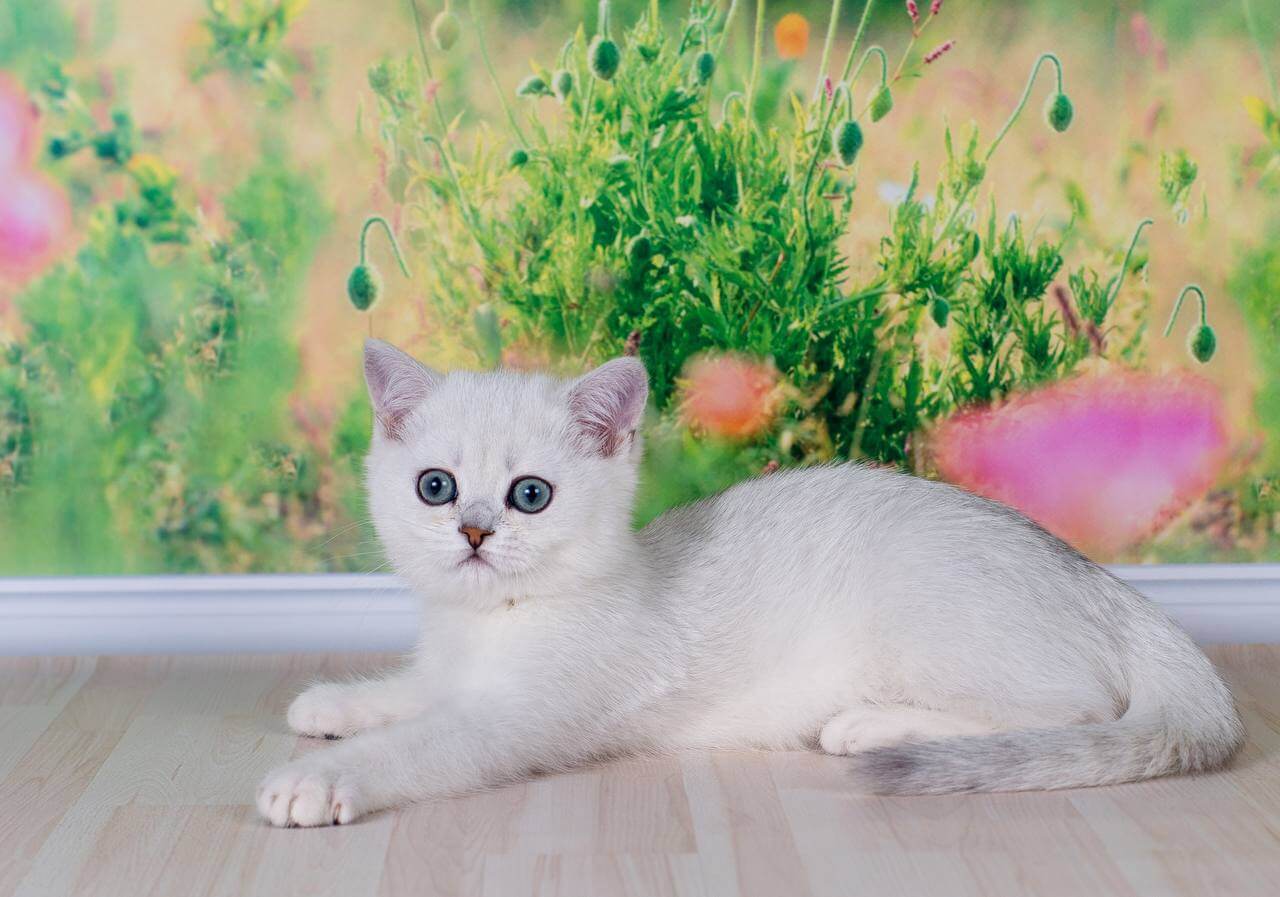
What Is Daily Life Like?
British Shorthairs kind of fit in any home. Their mellow manners provide an even, comforting presence to daily life. These cats love tranquility and coziness, which makes them a great fit for both active families and serene bachelors. Their laid-back personalities means they don’t often create a lot of mayhem and they enjoy a cuddly, relaxing daily schedule.
Living Spaces
A British Shorthair is no tiny guy; adults can weigh 4–8 kg. They require accessible walkways, durable scratching posts, and plush beds. A lot of them just love to curl up in sun-drenched windows or on soft, sumptuous furniture. Basic shelves or cat trees provide them secure areas to lounge and observe the world.
Their short, dense coats don’t require extravagant maintenance-just a weekly brush to prevent hair from accumulating and to capture loose fur, particularly in shedding season. Because they don’t lust after adventure, they flourish nestled inside, safe from cars and illness and anxiety.
A secluded alcove or secret nook helps them unwind if life gets hectic. This kind of breed doesn’t want to be on the trails or crowded sidewalks.
Social Dynamics
They are great with kids, hardly ever get mad, and don’t mind a little roughhousing. Children pick up patience and kindness from their fond, accepting ways.
British Shorthairs get along great with other pets, even dogs. Their cool heads keep peace among animal housemates. They’re not as velcro-ey as certain breeds, but they tend to stick near their humans and pop in when they fancy.
While you’ll catch them watching TV with the family or trailing you around from room to room, they like their solitude.
Financial Reality
| Expense Type | Estimated Annual Cost (USD) |
|---|---|
| Food | $300–$500 |
| Vet Care (routine) | $200–$400 |
| Insurance | $150–$400 |
| Grooming Supplies | $30–$60 |
| Litter | $150–$250 |
| Toys & Accessories | $50–$100 |
| Emergency Care/Illness | $200+ (variable) |
British Shorthairs live 12–20 years, so save up for a long relationship. Good food, well portioned to combat weight gain. Budget for annual vet appointments, dental checkups, and expenses such as vaccinations or flea treatment.
These cats could be obese or have heart issues, so it’s nice to have savings or insurance. Their easy care requirements are cheaper, but standard supplies and quality litter are essentials.
Routine and Lifestyle
They don’t require a ton of exercise, but a daily romping-chasing a feather or slow laps around the living room-keeps them in shape.
With routine feeding and tender play, they thrive. Grooming is quick and easy, requiring just minutes a week.
They don’t yowl or cause noise problems.
Are British Shorthairs Healthy?
British Shorthairs are famous for their stocky build, even temperament and incredible longevity – many live past 20 years. With that said, their health picture isn’t perfect, and getting to know what they face helps you provide them with top care from day one.
Genetic Risks
British Shorthairs are brachycephalic, with flatter faces and shorter muzzles. This can leave them susceptible to breathing difficulties, sleeping issues and compromised olfactory senses. One of the breed’s chief genetic dangers is hypertrophic cardiomyopathy (HCM), a heart condition that can arise unexpectedly.
Other hereditary problems are polycystic kidney disease (PKD) and hemophilia B. Responsible breeders mitigate these risks by screening and genetic testing the parent cats.
| Condition | Description | Prevalence |
|---|---|---|
| Hypertrophic Cardiomyopathy | Thickening of heart muscle, can cause heart failure | Moderate |
| Polycystic Kidney Disease | Formation of kidney cysts, leads to kidney issues | Low to moderate |
| Brachycephalic Airway Syndrome | Breathing difficulty due to skull shape | Moderate |
| Hemophilia B | Blood clotting disorder | Rare |
It’s wise to keep an eye on feline health news, as new treatments and screening techniques evolve quickly. Being aware of symptoms-such as labored breathing or fatigue-allows you to identify complications earlier. Early detection is critical to helping your cat have a long, healthy life.
Weight Management
British Shorthairs adore lounging, which is why they can pack on pounds quickly if you’re not cautious. Obesity in this breed causes joint pain, diabetes and shorter lives. Monitor their figure and step on a scale occasionally.
Give meals, not free access. If you’re uncertain about portion size, your vet can provide good guidance. Digging is important too-chase toys, puzzle feeders, or even short walks on a leash can assist.
Senior cats slack off, so moderate food and activity accordingly.
Dental Care
Dental health is easy to miss but really matters for British Shorthairs. Gum disease and tartar build-up can be a source of pain, difficulty eating, and even heart health. Brush their teeth with a cat-friendly brush and utilize dental treats or toys recommended by your vet.
Make dental checkups a routine part of their vet visits. This is particularly crucial as they age, because dental problems can creep up and impact their entire body.
Ongoing Care
A weekly brush keeps their dense coat clean and reduces shedding. Routine vet check-ups identify problems in their infancy, particularly important as they become seniors and may experience difficulty absorbing nutrients.
With proper care, British Shorthairs can remain spry well into their teens.
British Shorthair Care Essentials
Need care to keep healthy and happy. Their luxurious fur, solid frame, and quiet demeanor have particular requirements. Giving these needs attention translates to an easier life together.
Nutrition
- Select wet or semi-moist meals that contain lots of protein and moisture.
- Adjust portions to match age, size, and activity level.
- Use fresh, clean water daily for hydration.
- Search for kitten, adult, or senior cat diets.
- Keep an eye on their diet to avoid obesity, particularly as they get older.
- Pick food with essential nutrients and quality protein.
- Offer dental treats or toys for oral health.
A British Shorthair’s nutrition is important at every age. Kittens require more protein and calories for growth, whereas adult and seniors may require less calories to avoid weight gain. Wet food assists with hydration and provides added protein, which is beneficial for their muscles.
Be sure water is fresh and accessible. Don’t forget dental care-brush or chew on dental treats to help keep their mouth healthy.
Grooming
Grooming is easy but important for British Shorthairs. Brush their dense coat on a weekly basis to eliminate loose hair and prevent matting, particularly in high-friction areas such as beneath the collar or behind the legs. Utilize a wide-tooth comb or a soft brush for dense fur.
Their maintenance is less demanding than long-haired breeds, but they still require routine inspections for mats. Ear cleaning, nail trimming and gentle eye cleaning should be included. This keeps them clean and reduces the chances of health problems.
Exercise
- Use interactive toys, like feather wands, to spark interest.
- Give access to cat trees or shelves for climbing.
- Set up short playtimes, several times a day.
- Add puzzle feeders to mix play with feeding.
British Shorthairs aren’t the most active cats, but they require regular play to keep fit. They are agile, so climbing structures and robust toys aid their motion without too much bother.
Keep it short to their energy. Litter boxes need to be big & easy to get in and out of, as size matters.
Clean and Safe Environment
Maintain their environment clean. Scooby’s litter box frequently and select a size suitable for their compact frame. Secure their territory – no hazards – and provide sweet, soft napping spots.
Frequent disinfecting and clean sheets prevent sickness and make them feel at home.
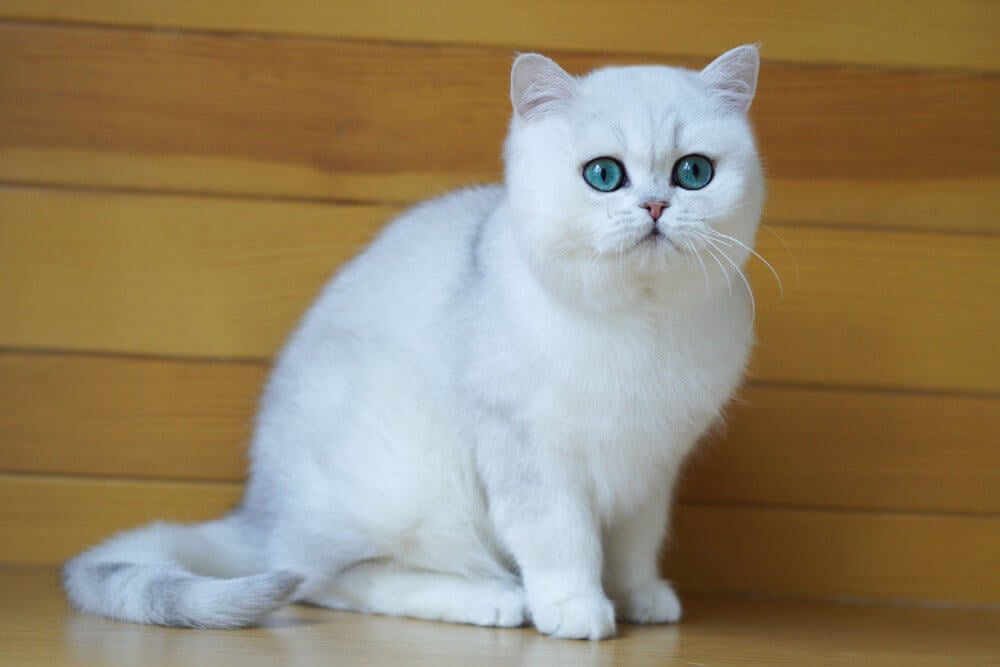
The Unspoken Truths
British Shorthair cats provide far more than their velvety coats and laid back glances. These felines have requirements and characteristics that might get missed on initial inspection. Understanding what to anticipate may assist you in determining whether this breed suits your lifestyle and home.
Emotional Needs
- Give em a natural, predictable daily schedule to provide them with that sense of safety.
- Establish silent areas for them to escape and decompress.
- Hang out with them, but let them initiate contact.
- Look for indicators such as hiding, loss of appetite or over-grooming that can be a sign of stress.
- Incorporate light play, with wand toys or fetch, to assist you in establishing trust and calming fearful nerves.
A solid home base is critical for a British Shorthair. They thrive when their environment remains consistent. Rearranging furniture, barking dogs or constant visitors rattle them. You need to deal with stress fast because it can manifest in health problems or behavioral changes.
Consistent play – brief, tender sessions – keeps their minds and bodies engaged, fulfills emotional needs and helps keep boredom at bay.
The Silent Observer
British Shorthairs, at home, are usually like quiet observers. They can be sitting on the sidelines, peeping in from a window sill or a corner. They don’t typically beg for attention or crawl all over you but still love being close to family.
Being quiet doesn’t mean they always want to be alone. They love feeling you near, even if they refuse to sit on your lap. Let them come to you on their terms.
Set cat trees or plush beds in prime viewing locations, allowing them to oversee the household cozily. Their bonding is understated. Maybe a British Shorthair would welcome you at the door, or shadow you from room to room in silence. Kids and adults who honor their environment will discover a faithful, tender friend.
Long-Term Commitment
British Shorthairs can live 15-20 years. Having one is not a temporary decision. Your life will evolve, a move, a new job, an expanding family. Question whether you can serve them for years to come.
This breed requires more than food and water. Consistent grooming is a necessity as their dense coats will matt if not brushed semi-weekly. Their food should be heavily concentrated in animal protein and moderate fat, low grain or fillers.
British Shorthairs are clever too–they can be taught to use a litter tray, scratch post and even play easy games such as fetch or hide and seek. Their energy wanes as they get older, but they still love a peaceful play session.
Health too is a long-term issue. Although British Shorthairs are strong, they can be susceptible to some genetic diseases, such as Haemophilia B. Routine check-ups and quality breeding helps, but be prepared for potential vet visits throughout the years.
Anticipate these needs from the beginning, and you’ll have consistent company by your side in a feline who becomes family.
Should You Get One?
Deciding on a British Shorthair is a major move, and it’s nice to consider your lifestyle beforehand. These cats have a reputation for being calm and easy-going. If you’re a hard worker or you travel occasionally, their tough independence streak suits. British Shorthairs can be left alone and won’t trash the place or get into trouble.
That said, they require affection and thrive when there is typically someone home for the majority of the day. So if you’re looking for a cat that’s independent but enjoys an evening snuggle, this breed hits both checkmarks.
Consider what it would be like to have a cat for the long term. British Shorthairs live for as many as 20 years. It’s not a short-term offer. They require a consistent residence, timely meals, and consistent exercise to stay agile and in shape.
British Shorthairs lack health problems, which is great to hear. You should still adhere to annual vet visits and monitor their weight, as they have a tendency to gain weight if they’re not staying active. Basic toys such as a feather wand or puzzle feeder can assist in holding their thoughts occupied and our bodies moving. Just 15-20 minutes a day of play is sufficient to keep them content and healthy.
Your apartment counts too. British Shorthairs are medium to large cats-males occasionally tip the scales at 7 kg+. They don’t require a manor, but a studio flat with sharp corners and no window ledge might not fly. They love to observe the world, so a window-side location is a bonus.
They come when they come and aren’t going to scale your drapes, but man do they love a little space to flail and tumble. Fitting their personality to your requirements is the trick. They’re shy and don’t necessarily open up immediately. Give them time and you’ll see a faithful, affectionate side.
They’re not needy or loud, but they do develop deep attachments to their humans-and, when possible, to another fur baby. Coupling them with a furry companion early on makes them feel all warm and fuzzy inside. When one dies, the other is adrift, occasionally unable to find happiness alone.
This emotional resonance is what to remember if you’re gonna keep one cat.


